Douman Pour is no stranger to the restaurants and coffee shops that linger along the multicultural Münchnerstraße in Frankfurt. After the first obligatory handshake, one meets a pair of deep, dark eyes that are decorated with bushy eyebrows and instantaneously provide a comfortable warmth.
The interior designer not only takes part in the city’s social atmosphere, but also recently began to take charge of the nightlife’s aesthetic. “Design is the very aesthetic of the useful.” A maxim that the fashion conscious Iranian did not want to utter out loud without turning it actually into something absolute. ‘The Parlour‘ offered the perfect opportunity for this. Along studying at the HfG in Offenbach, he opened this very bar in Frankfurt and did not leave one single corner without its distinguished style. Together with Yared Hages, who is one of the most famous bartenders in Germany, they created a space in which the bourgeois encounters the upcoming young crowd at the very same table. Douman wishes to establish high quality communication and drinks on the heavy Chesterfield-couches. The interior designer currently resides in a shared flat with his cousin Leleh in Frankfurt Westend. It is exactly here where we find out more about him as a person, his general outlook on life and design, and what sort of bar he prefers.
This portrait is part of our ongoing collaboration with ZEIT Online who presents a special curation of our pictures on their site.
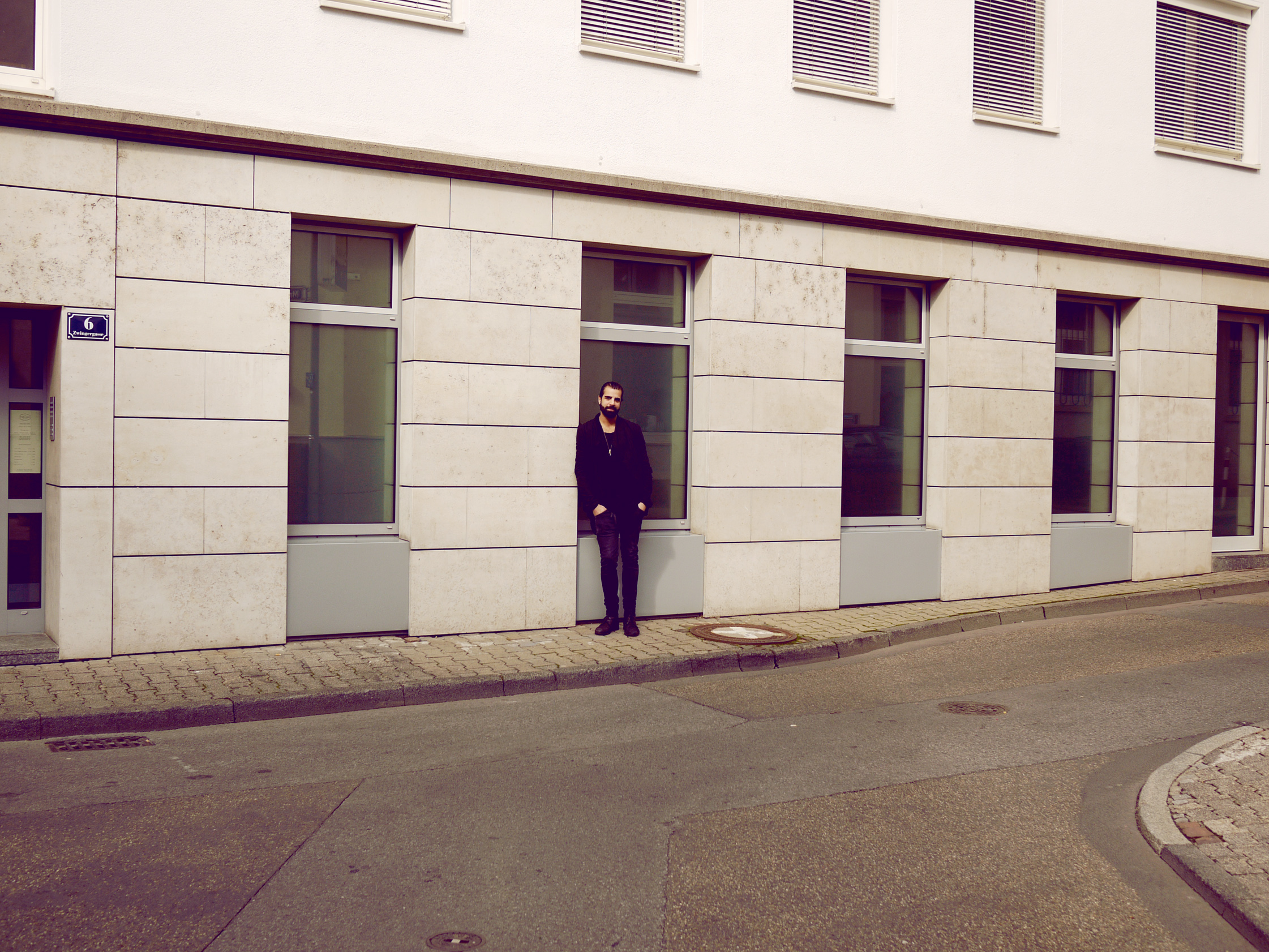
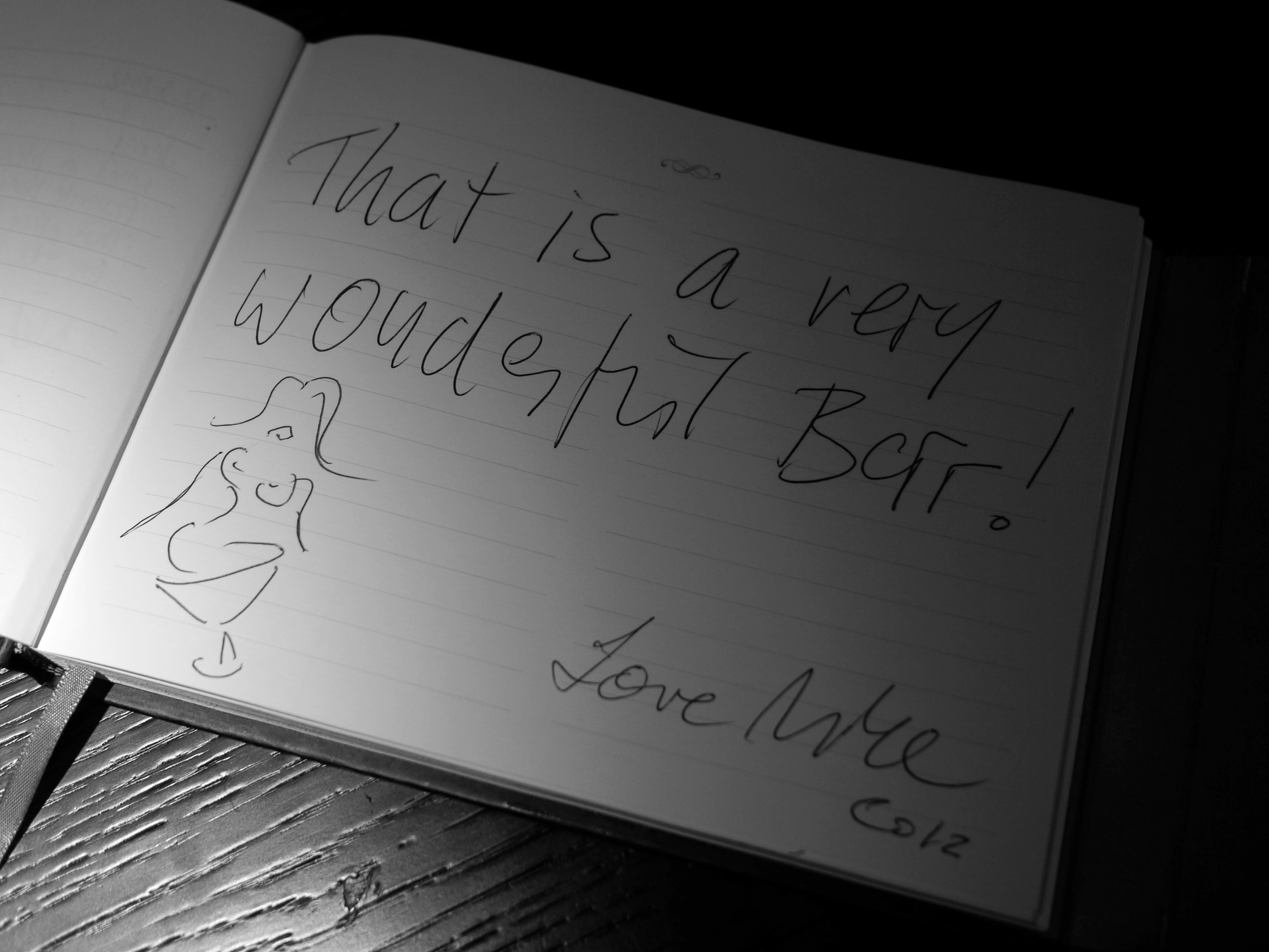
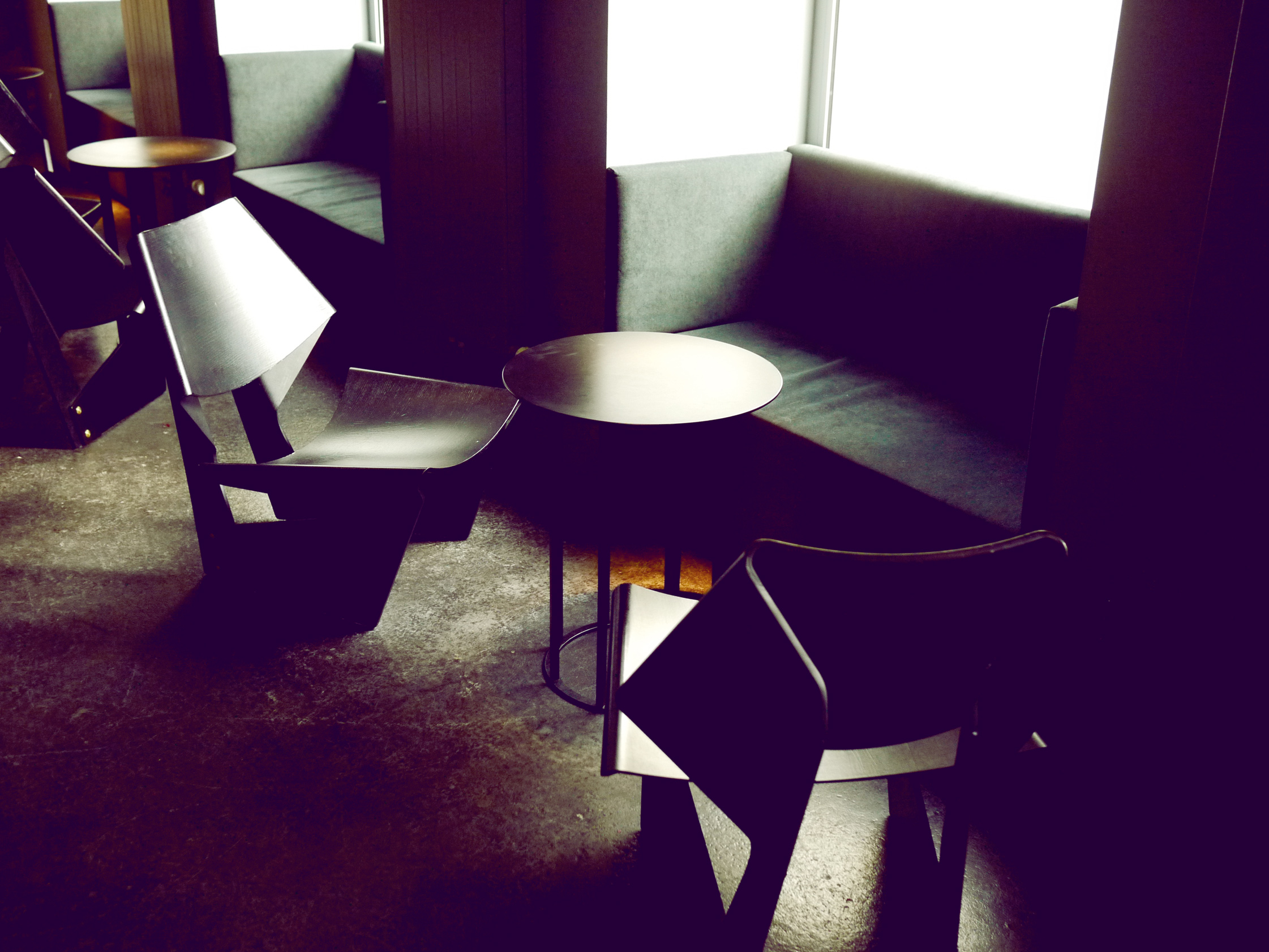
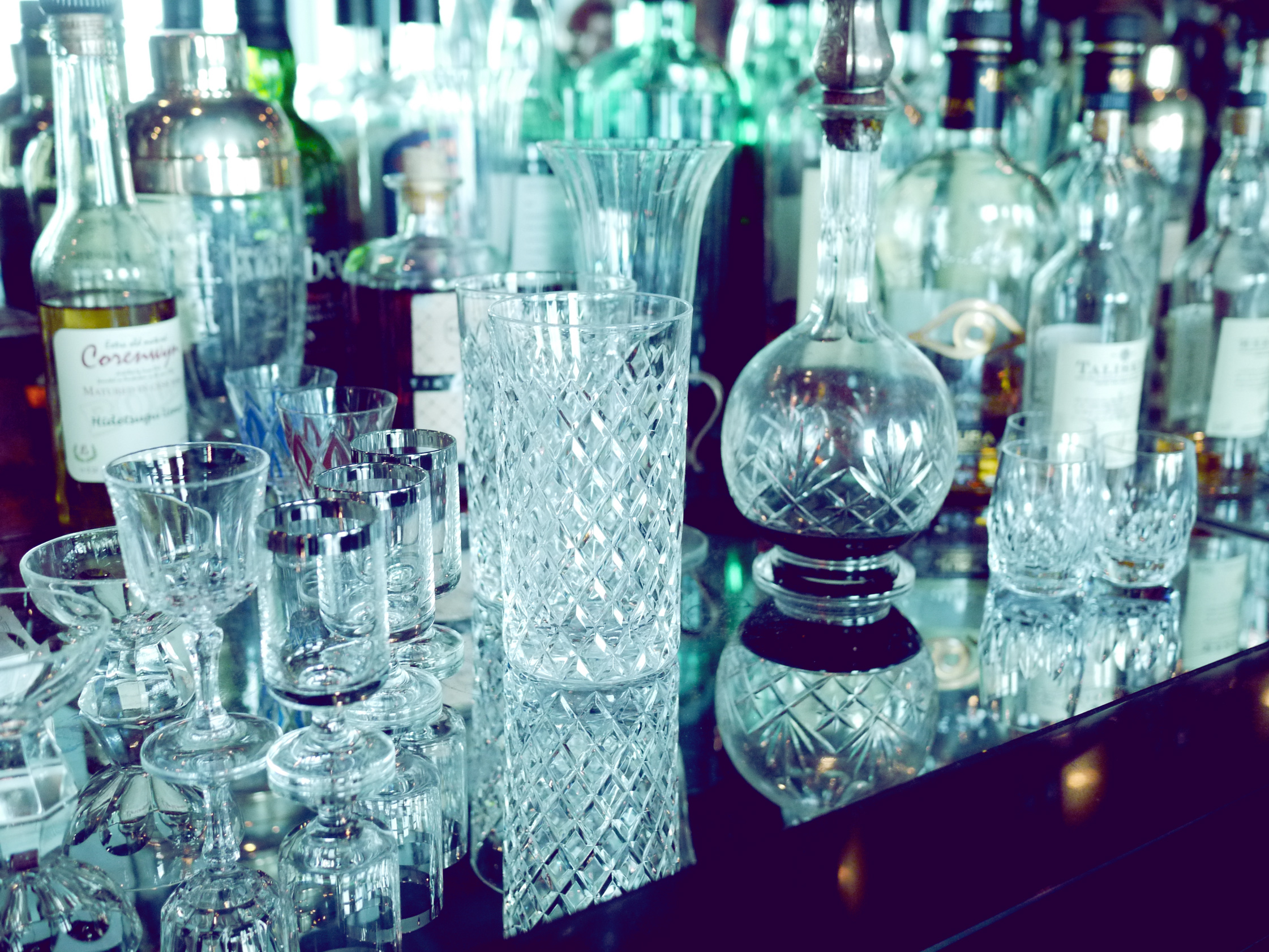
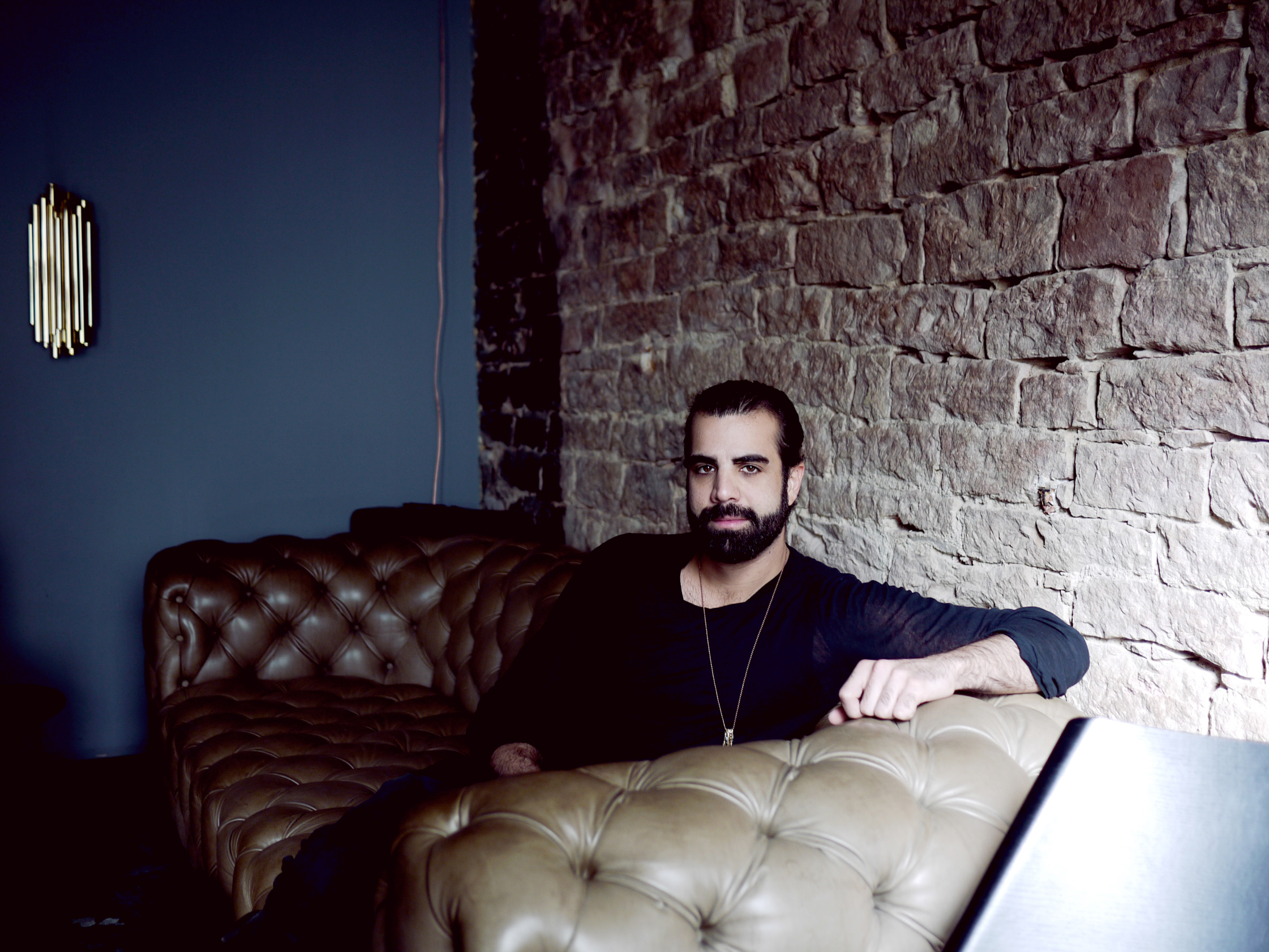
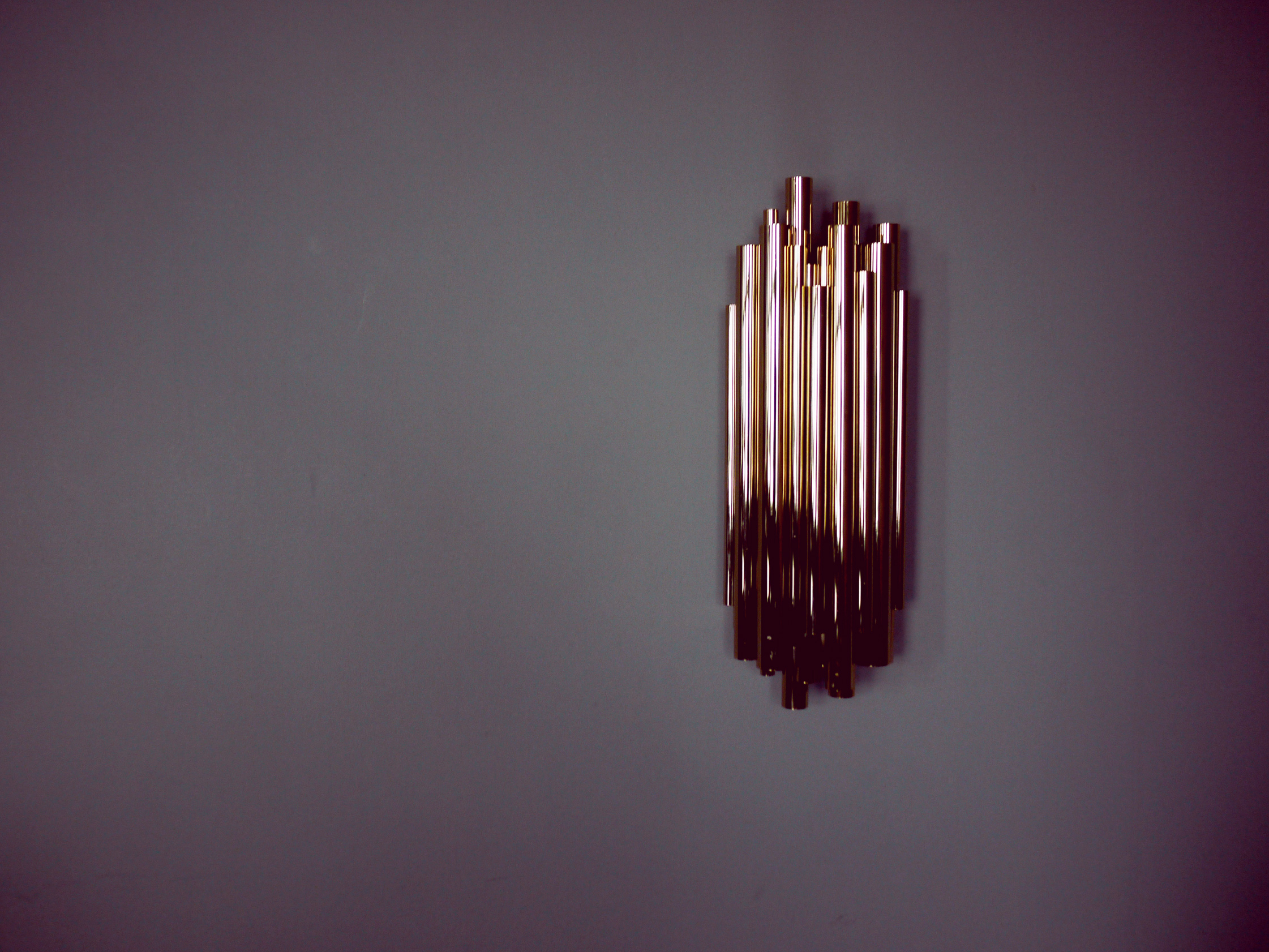
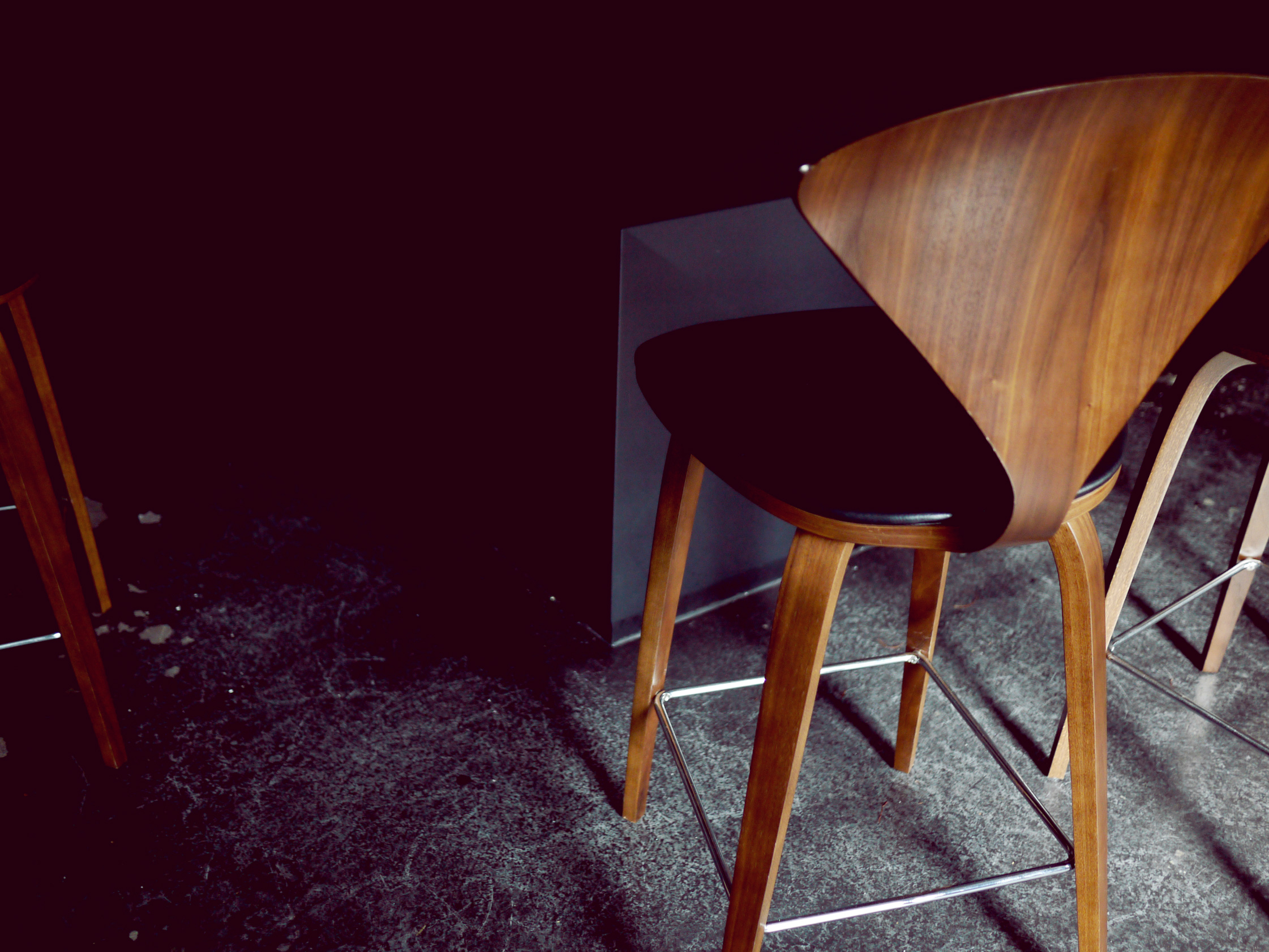
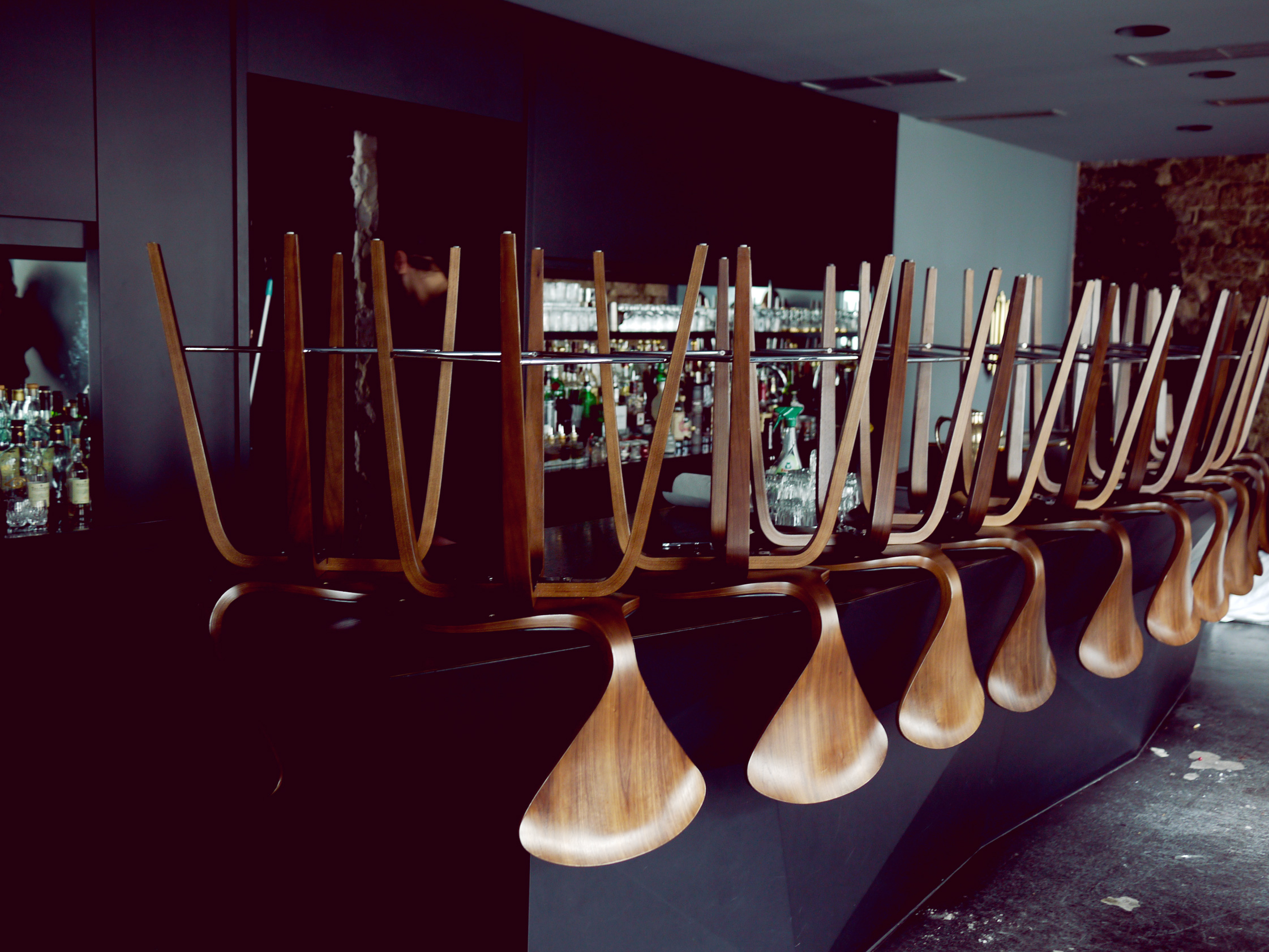
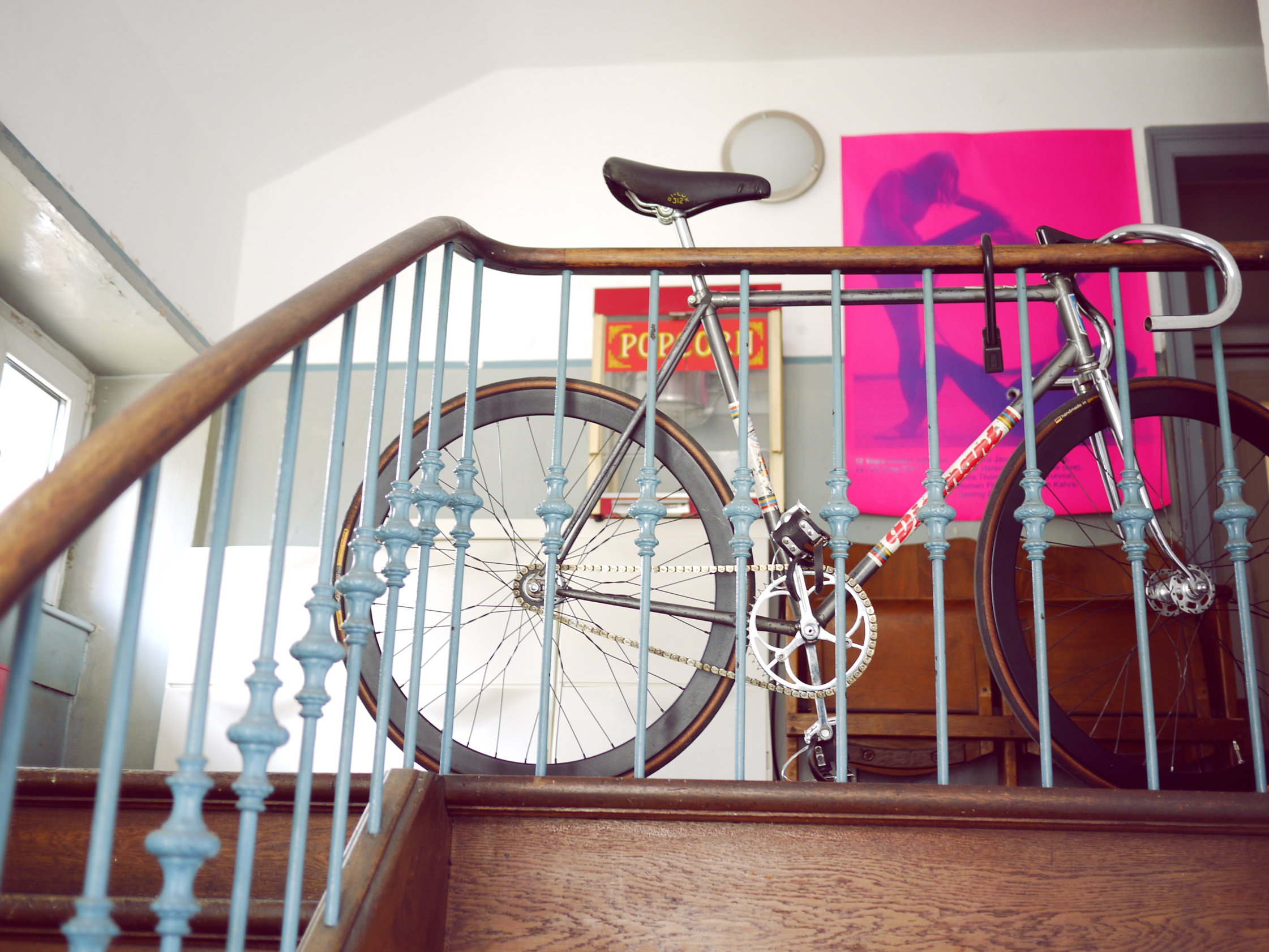
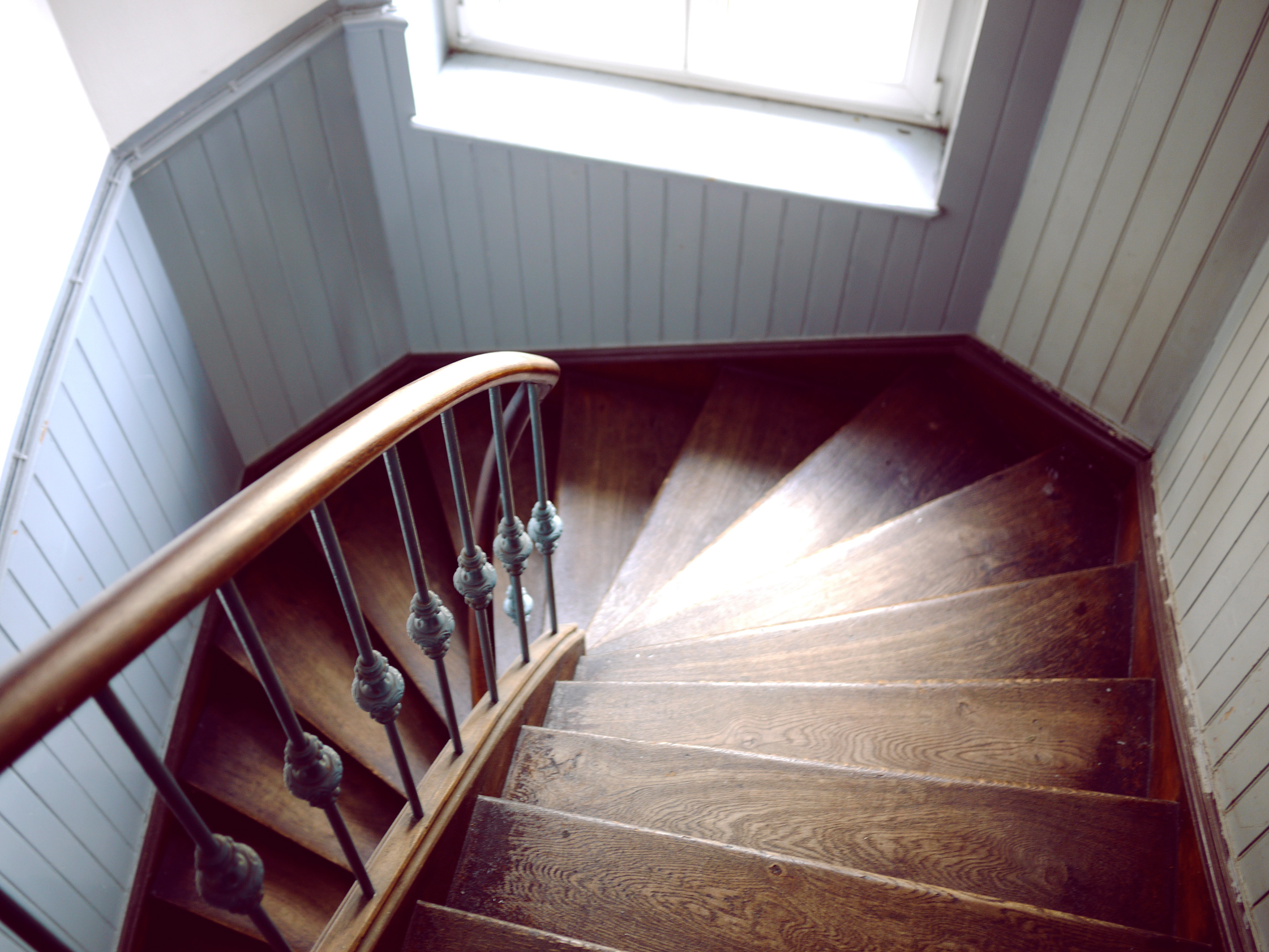
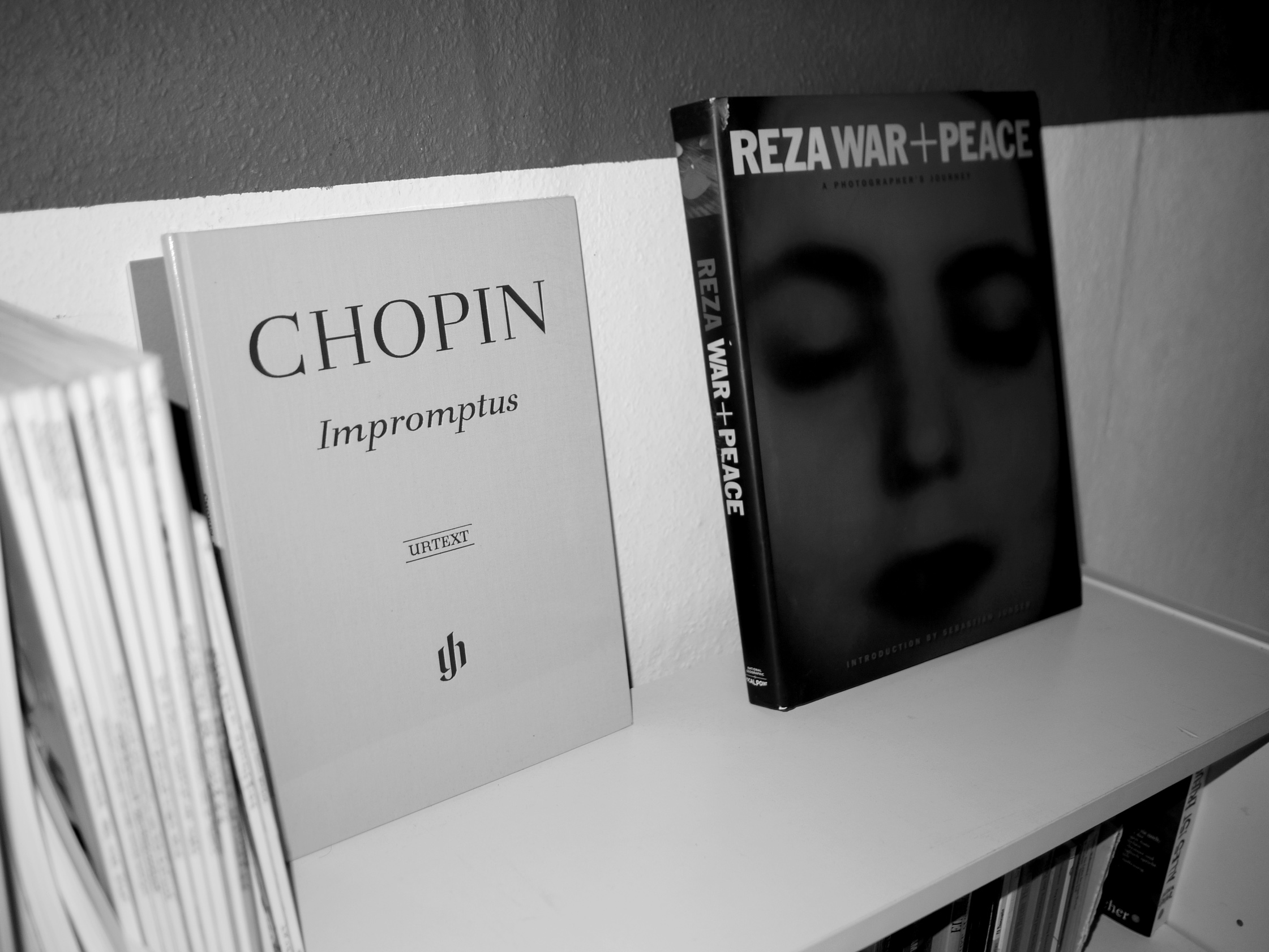
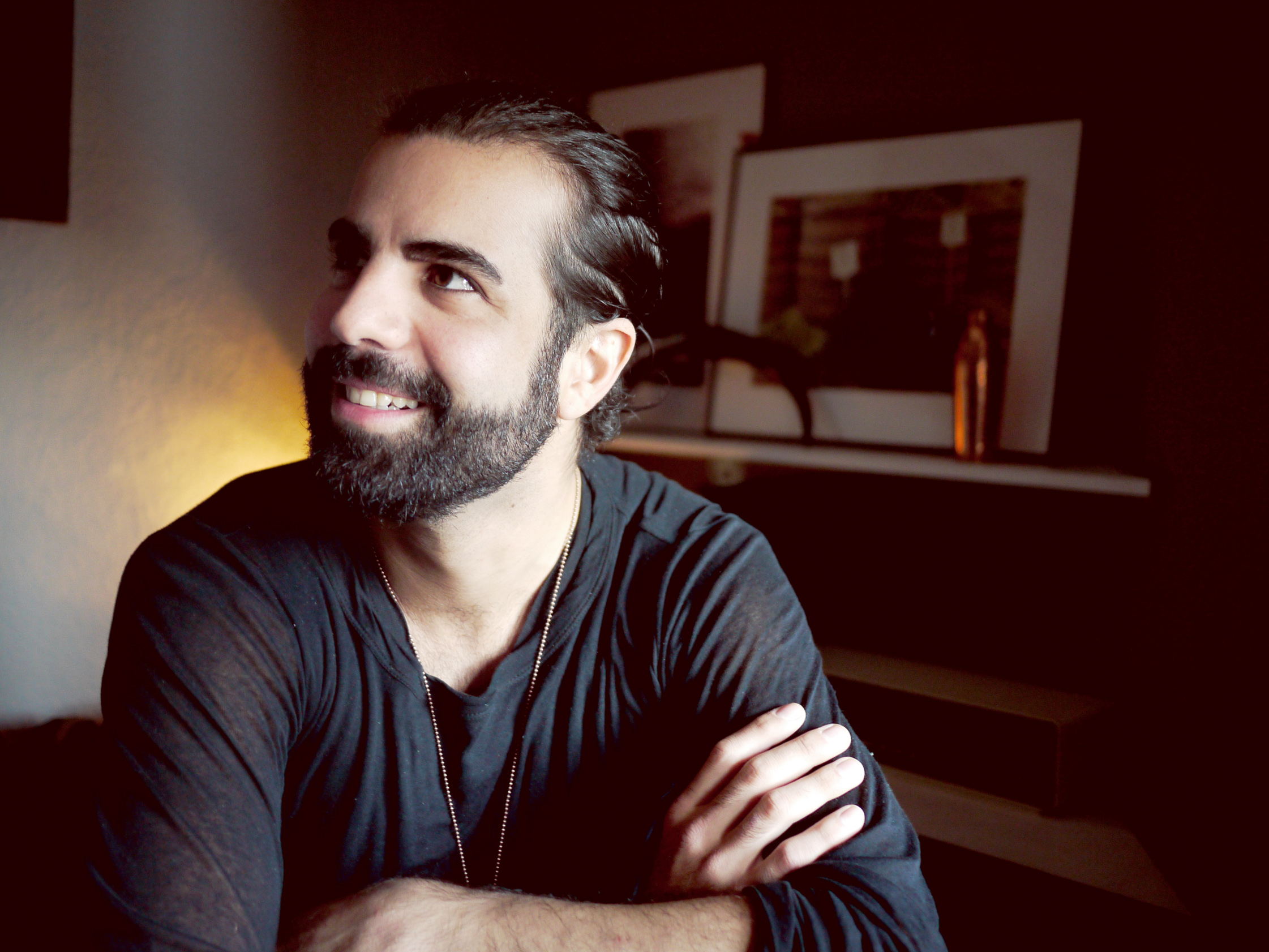
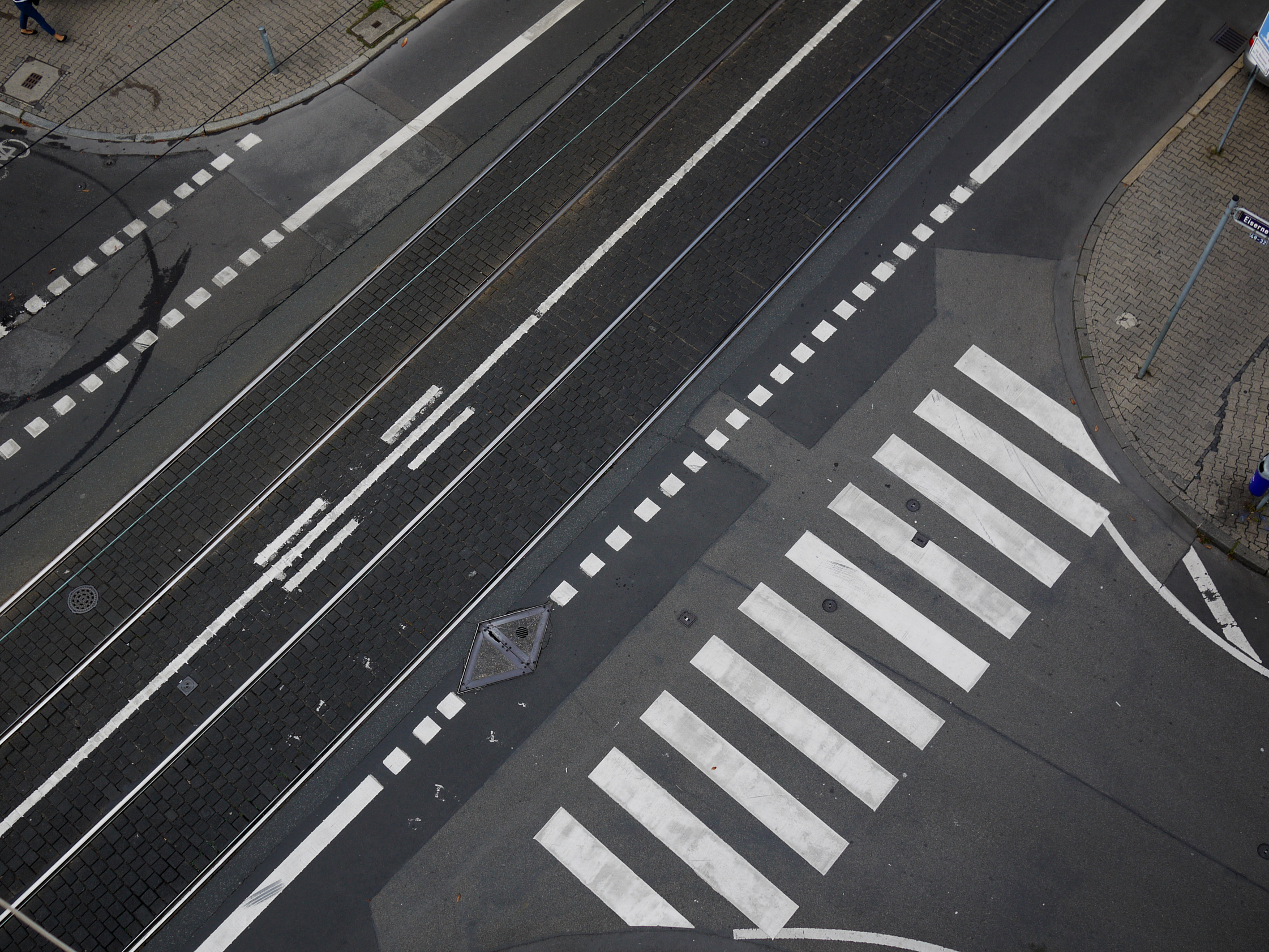
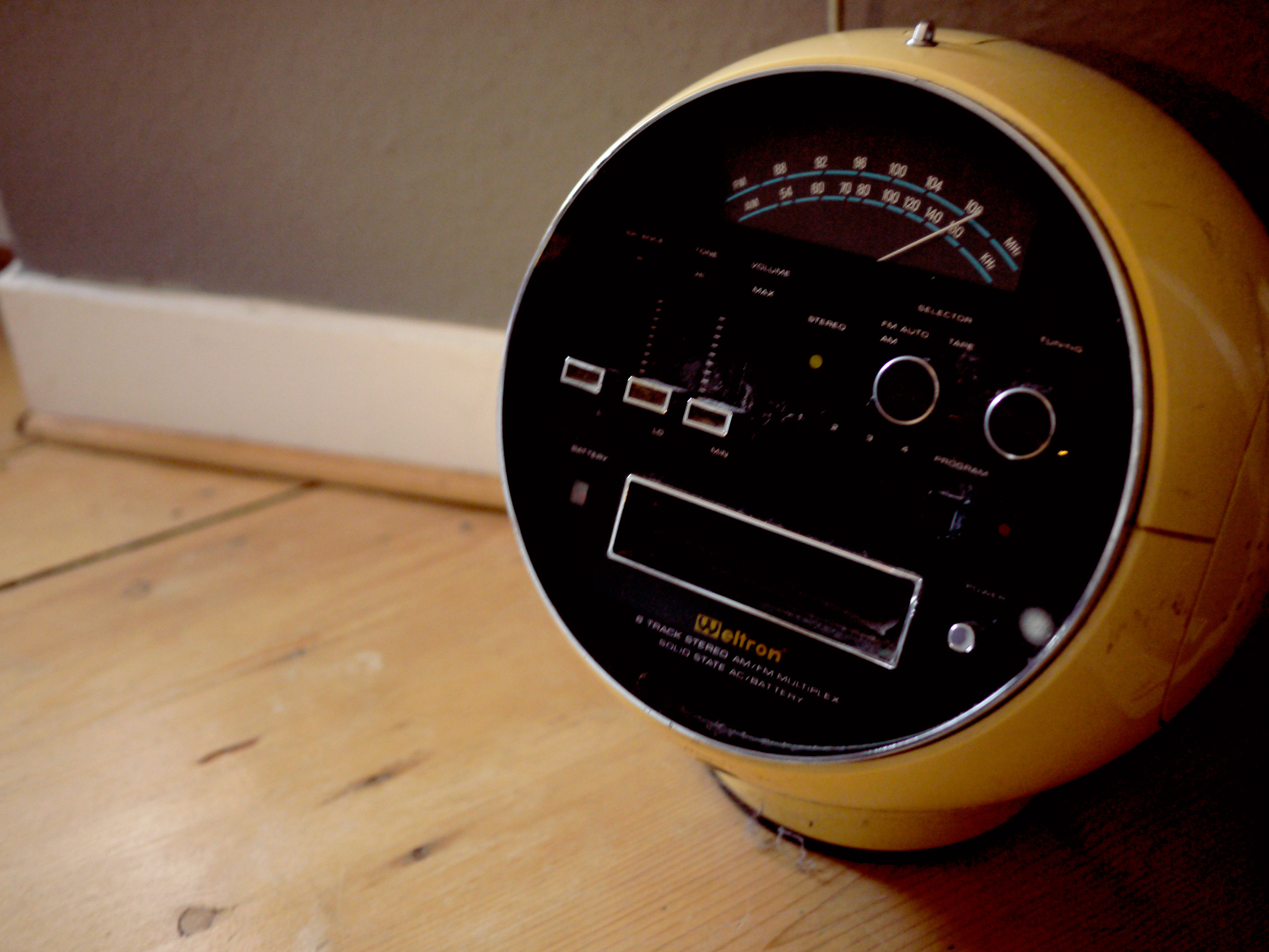
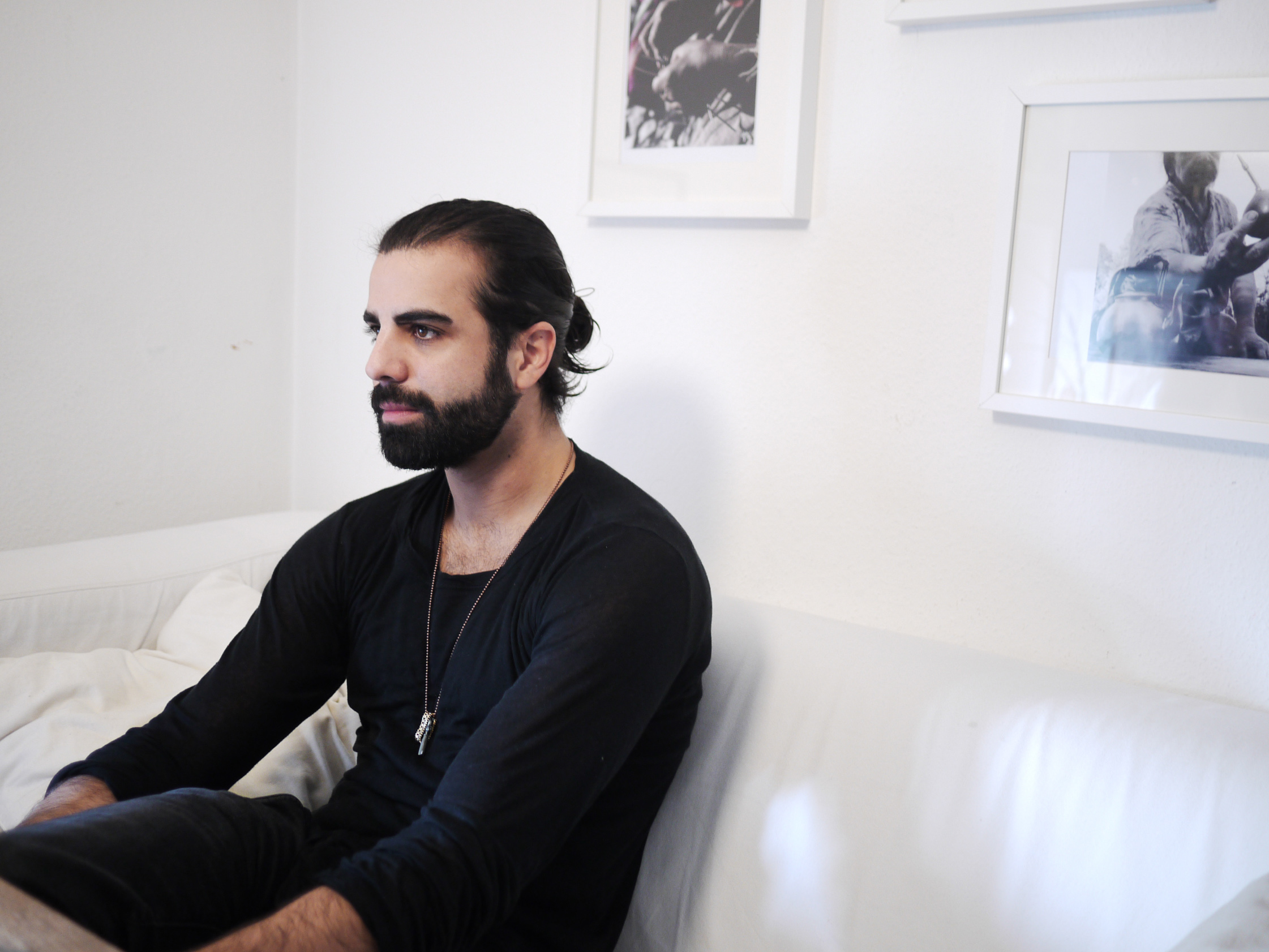
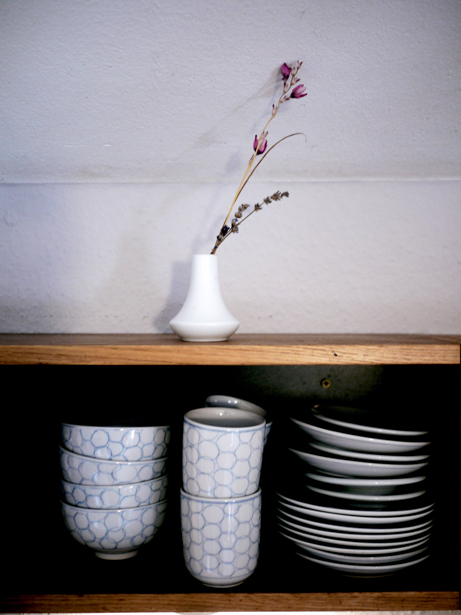
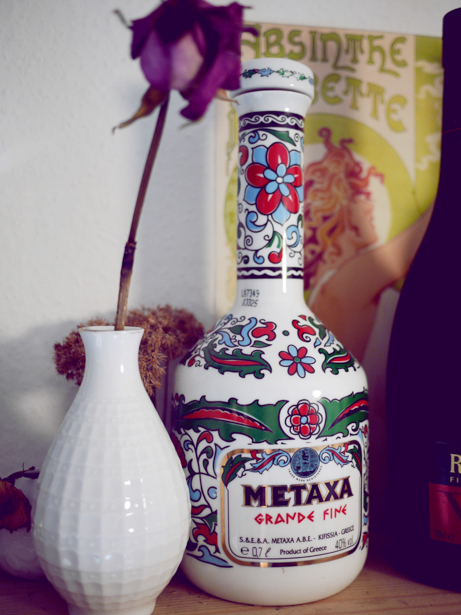
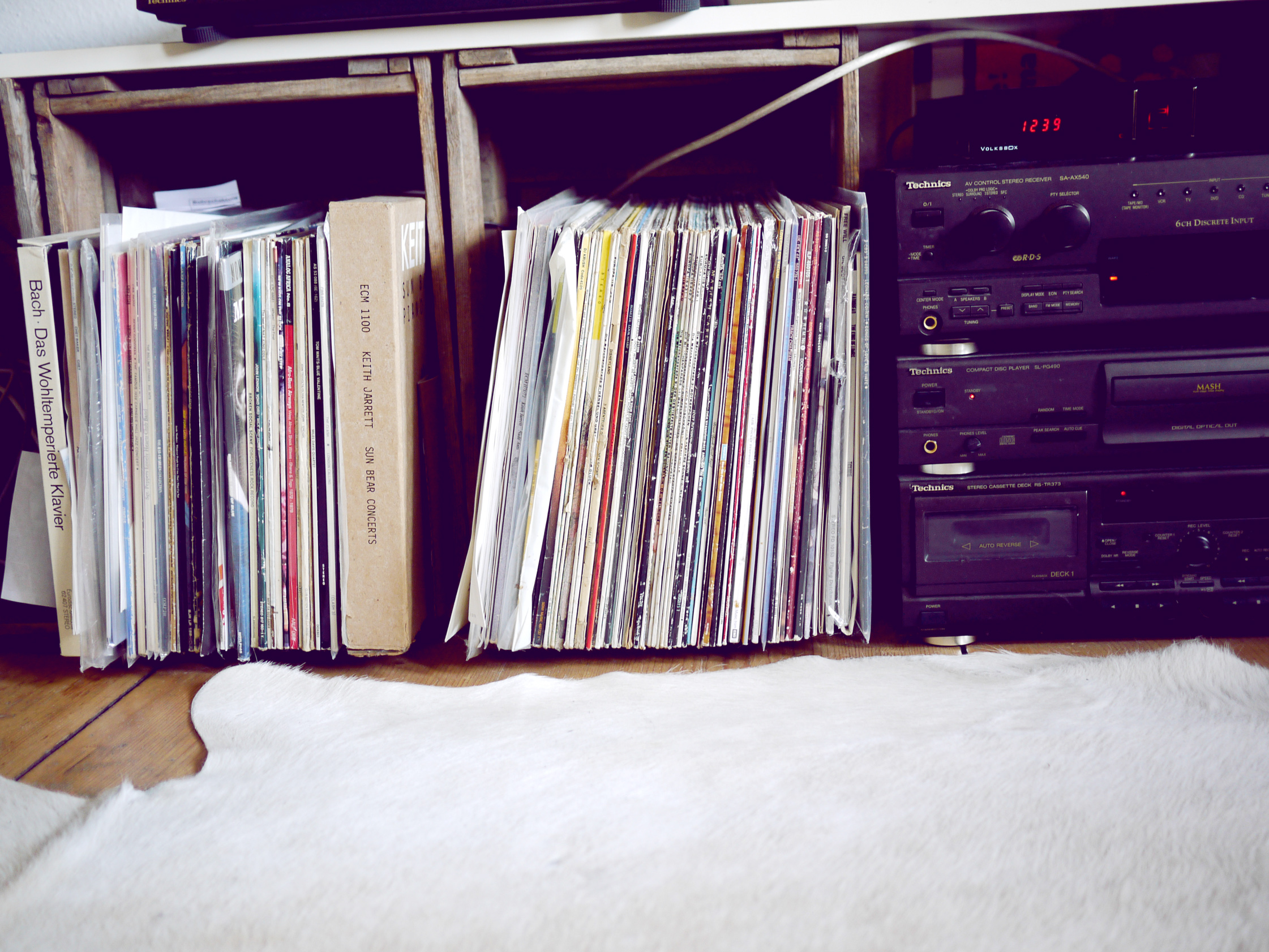
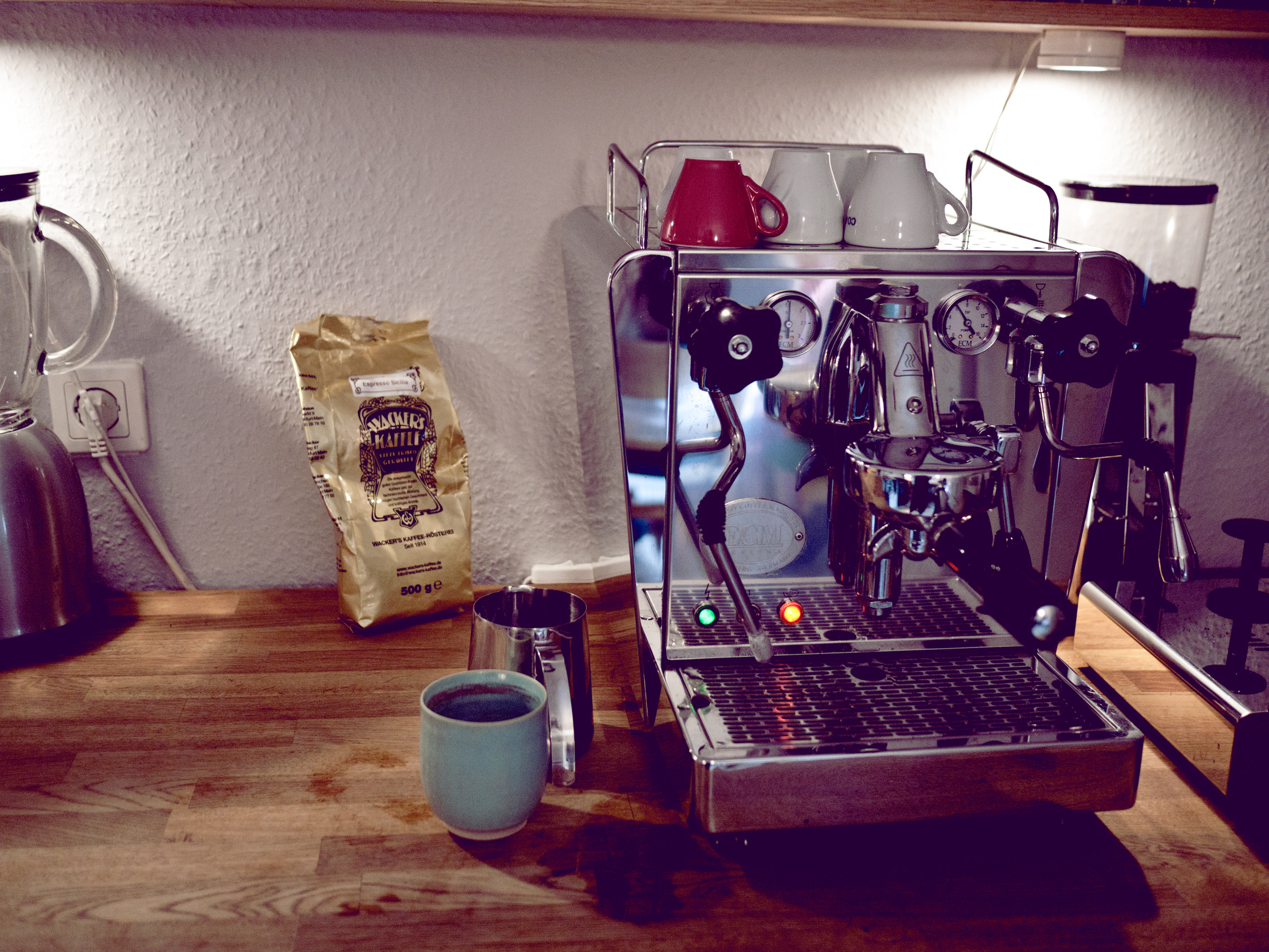
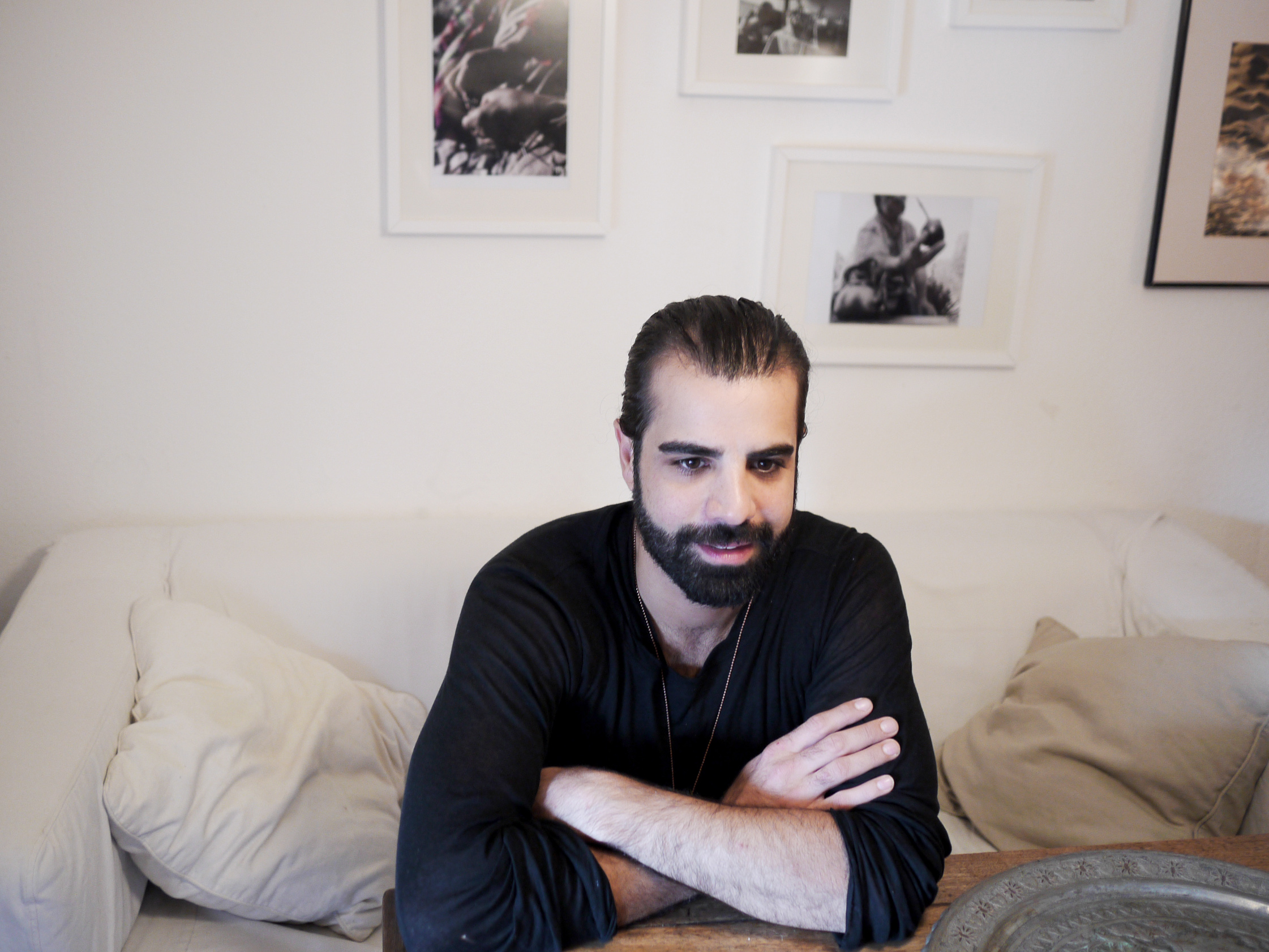
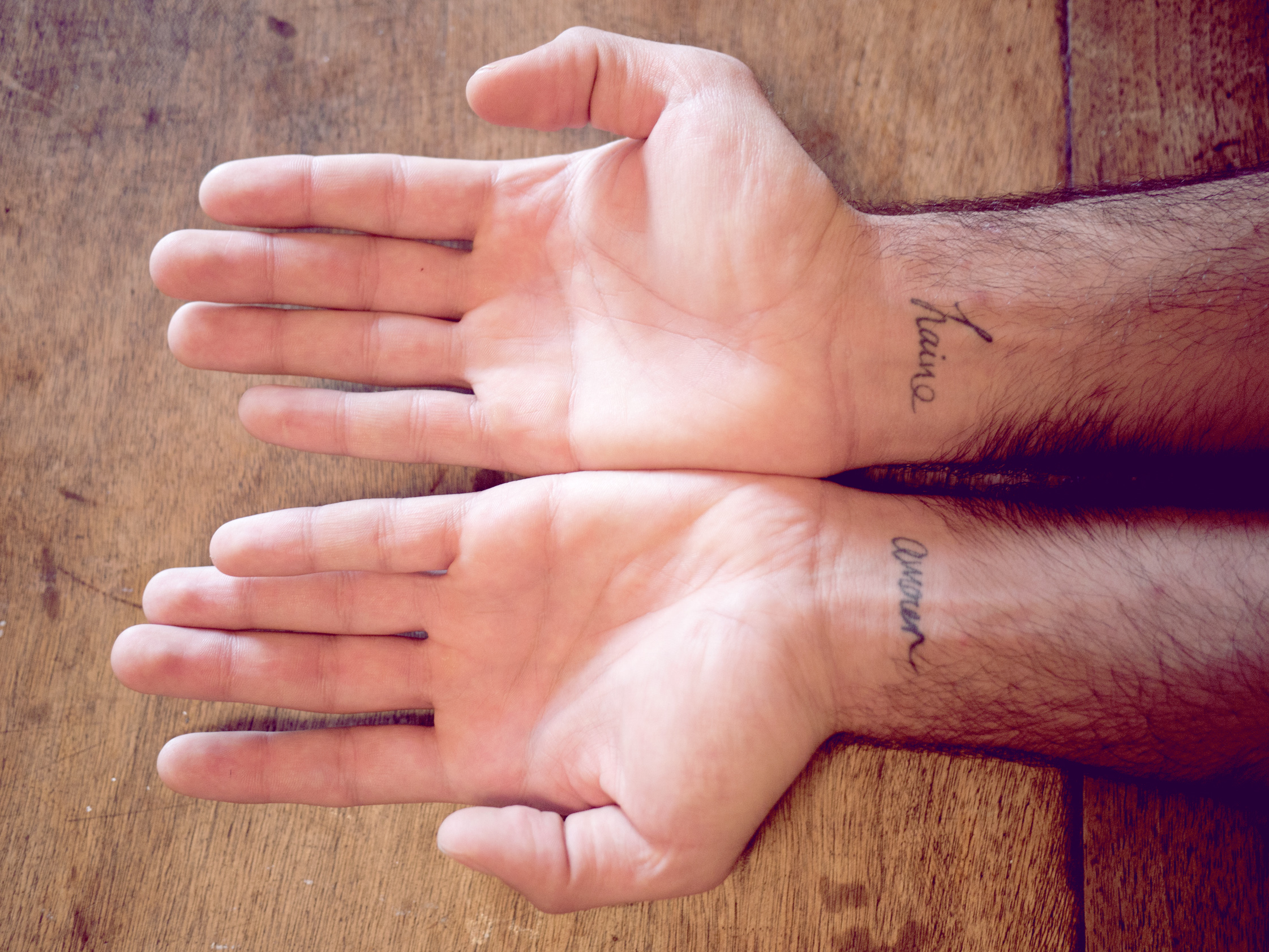
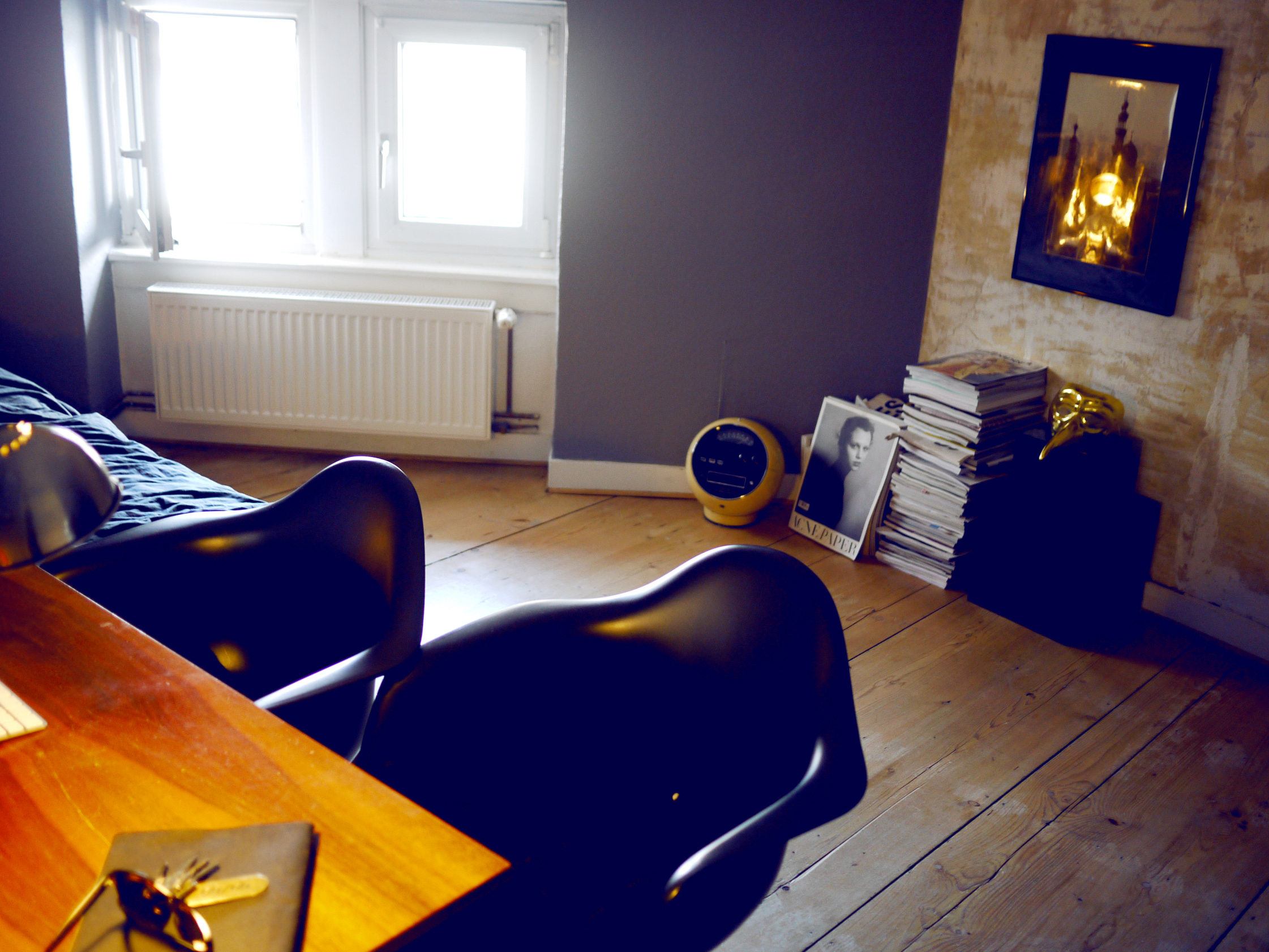
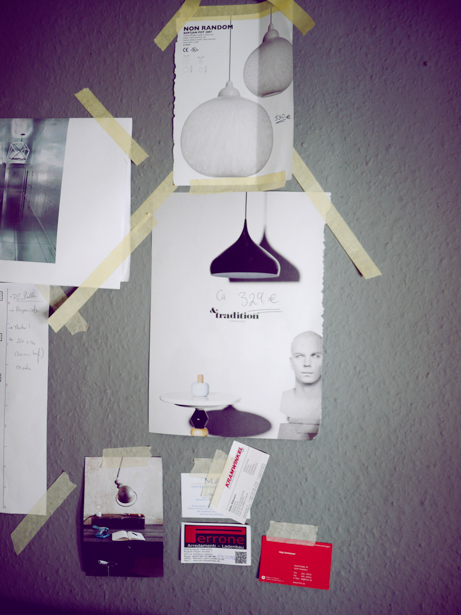
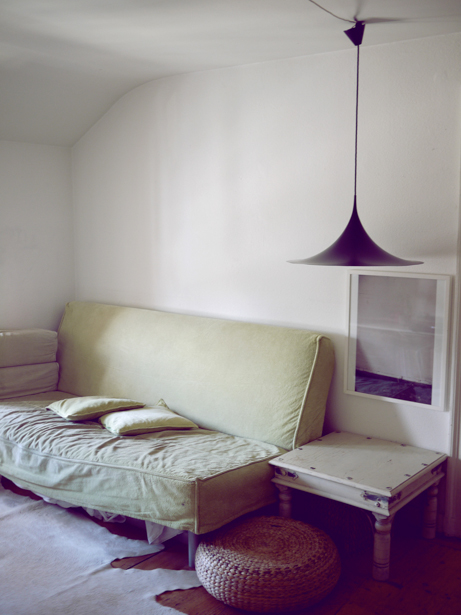
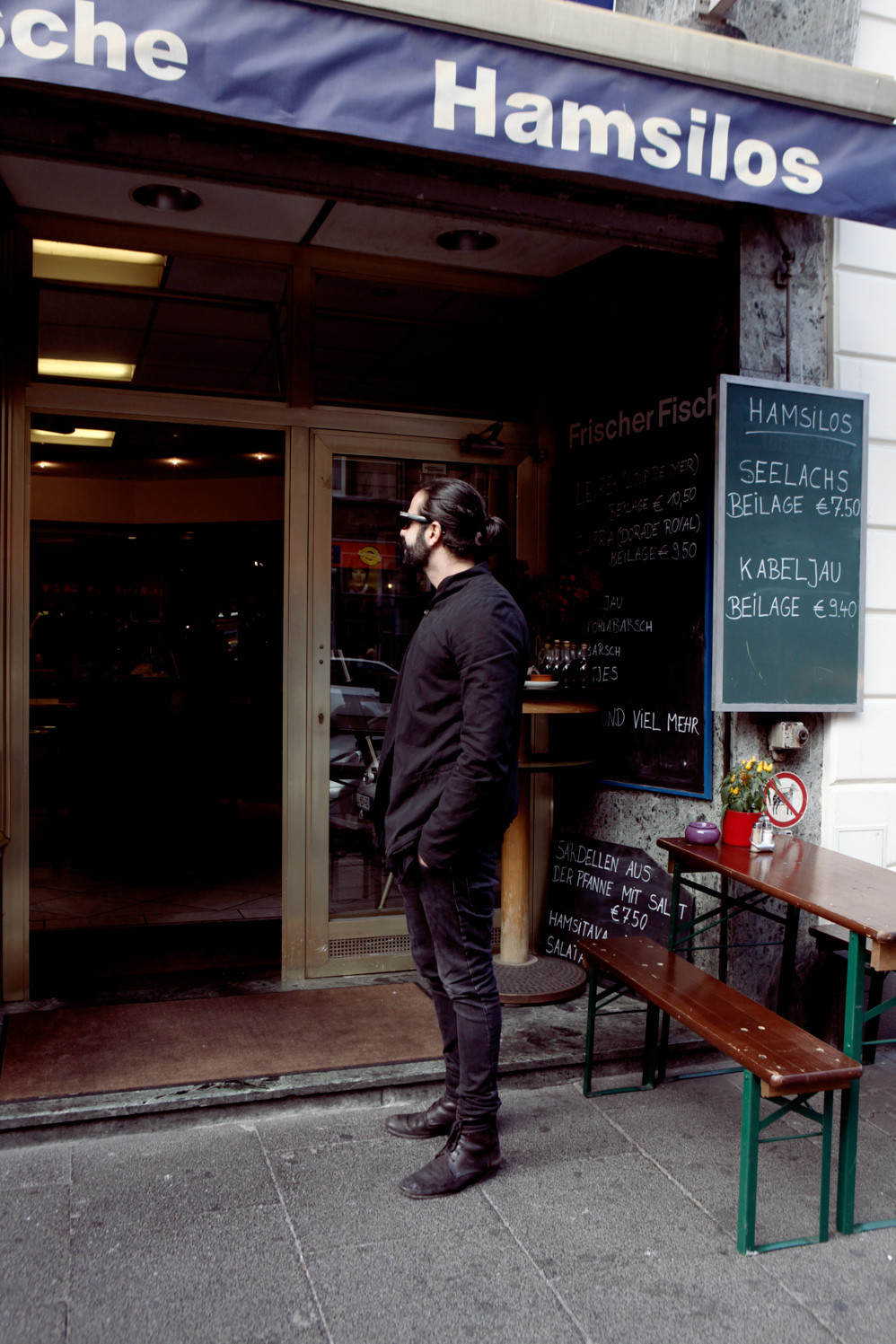
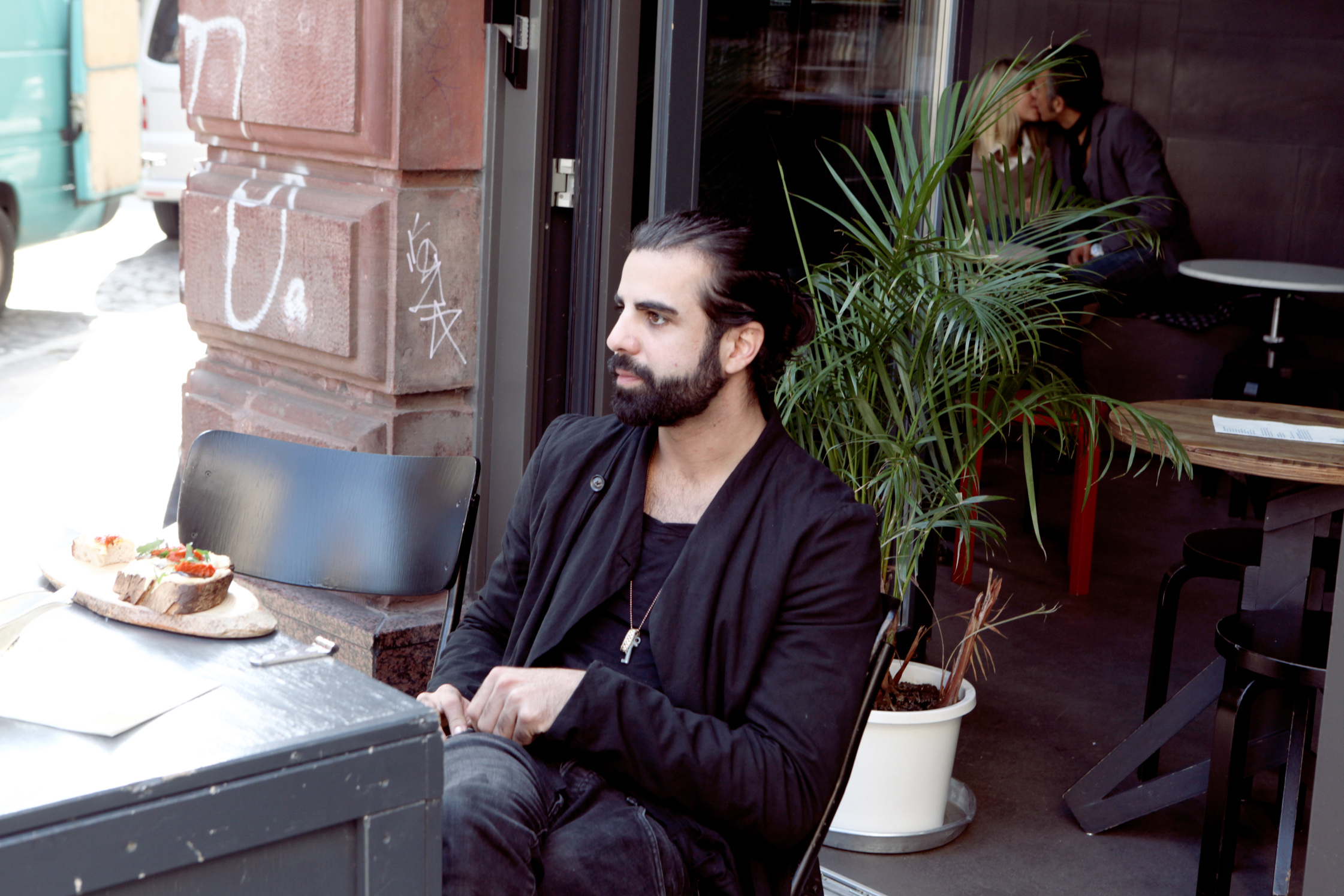
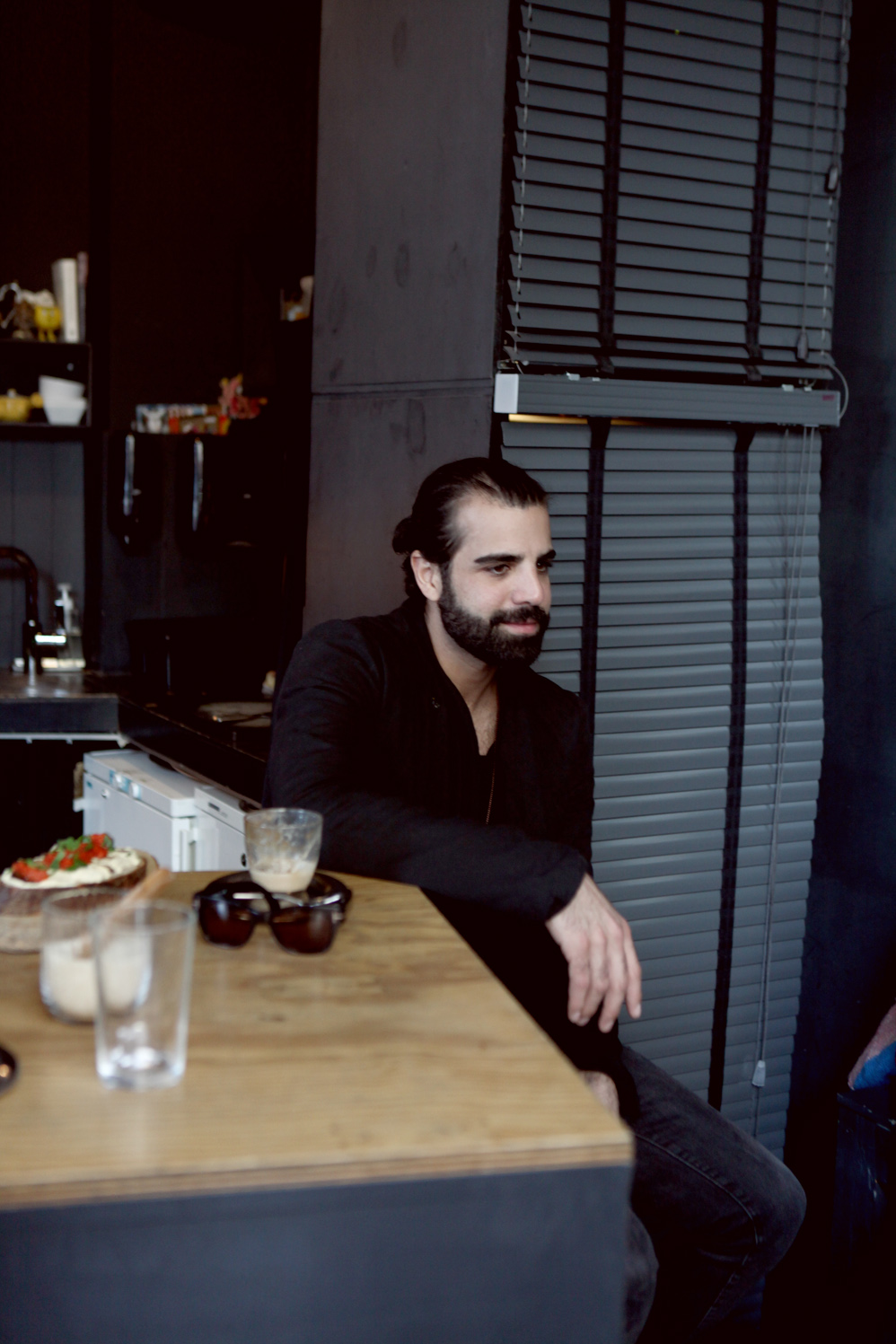
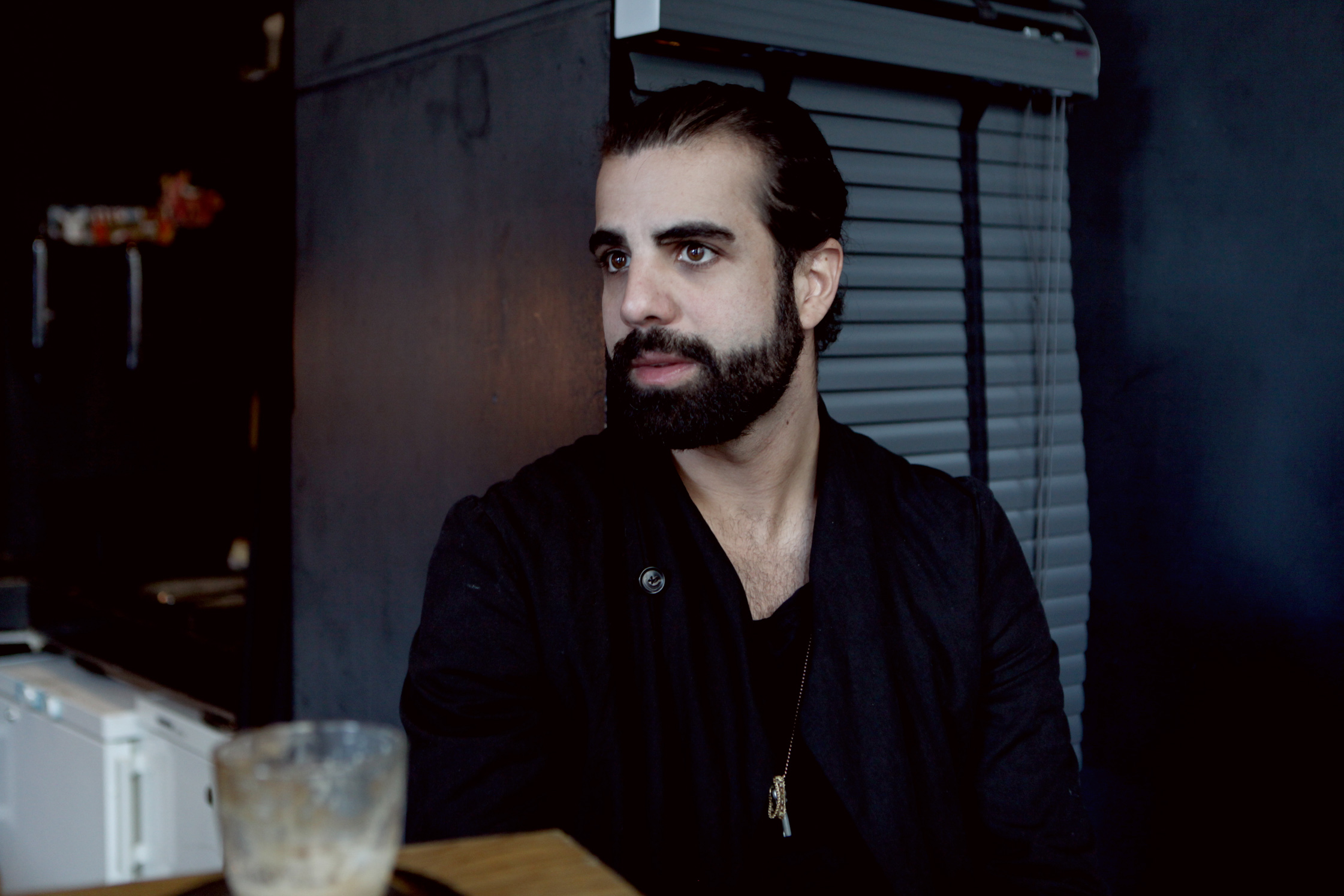
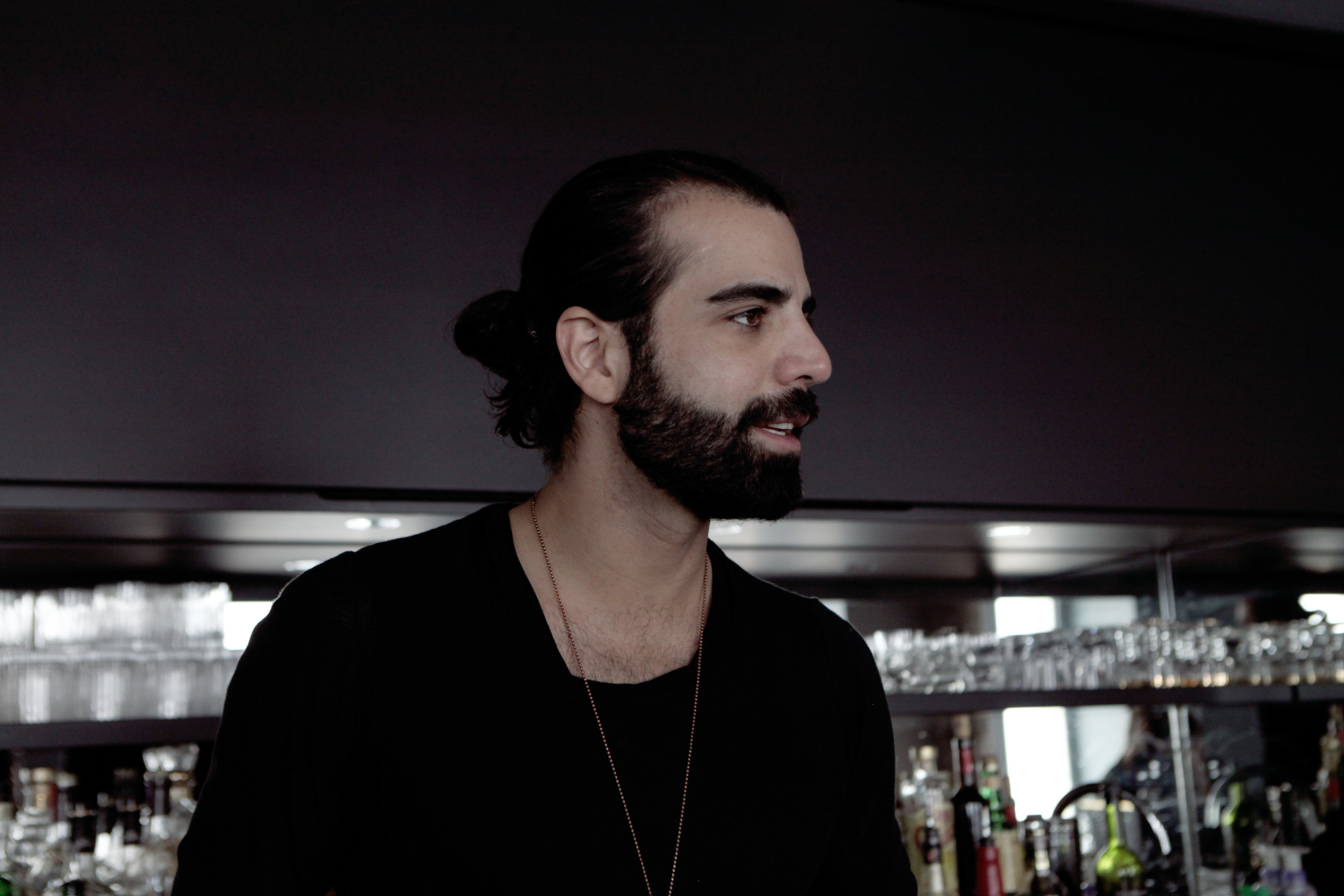

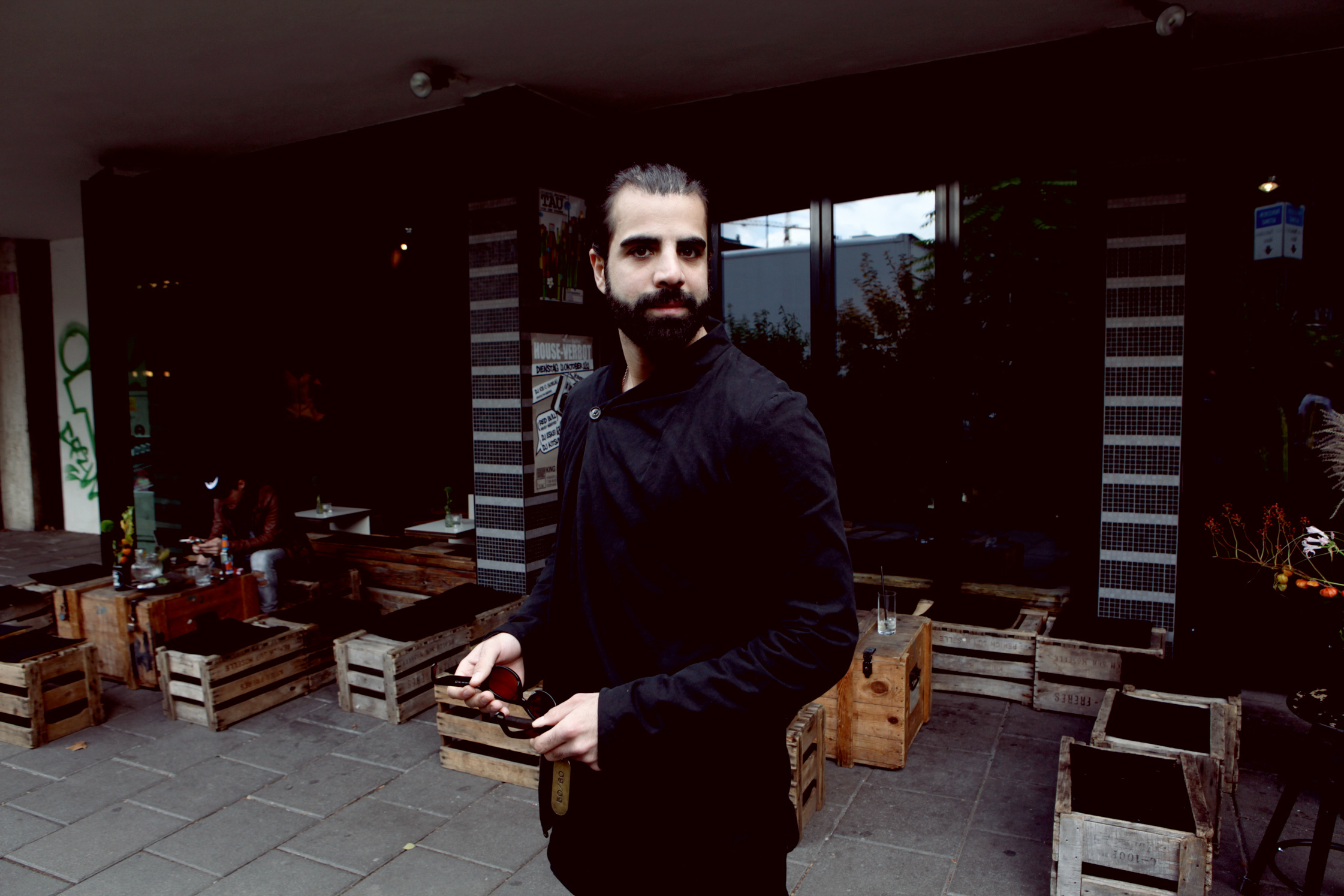
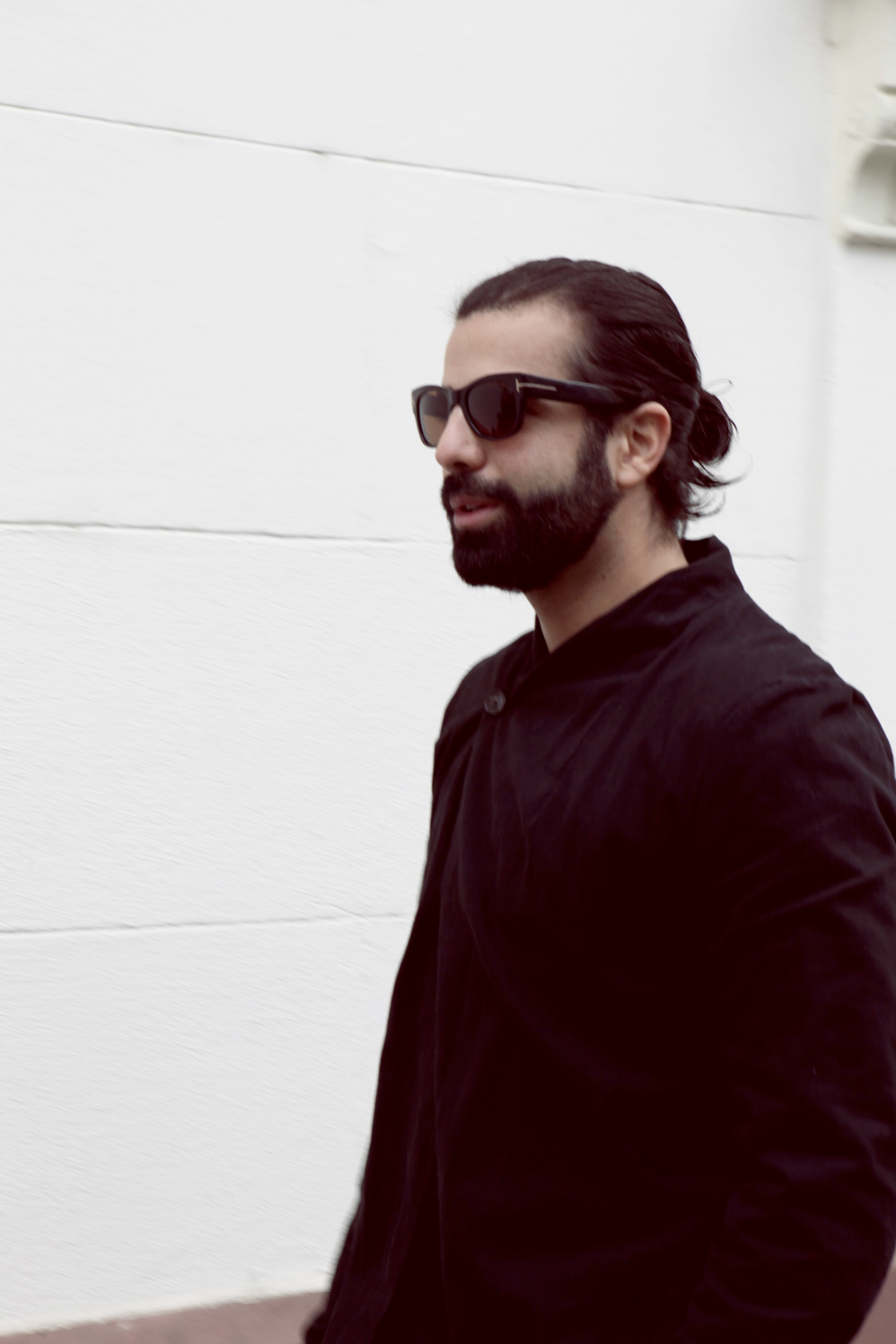
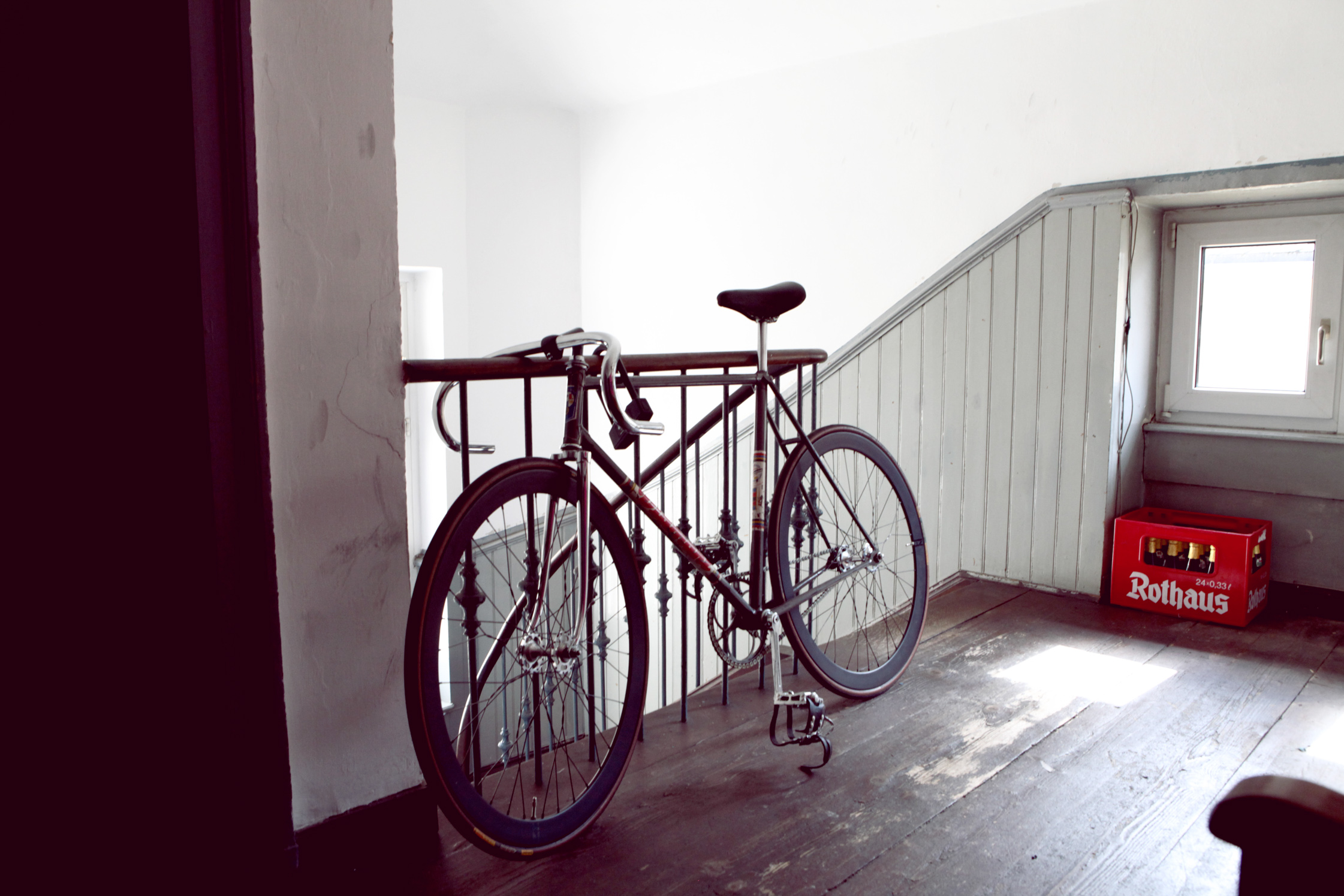
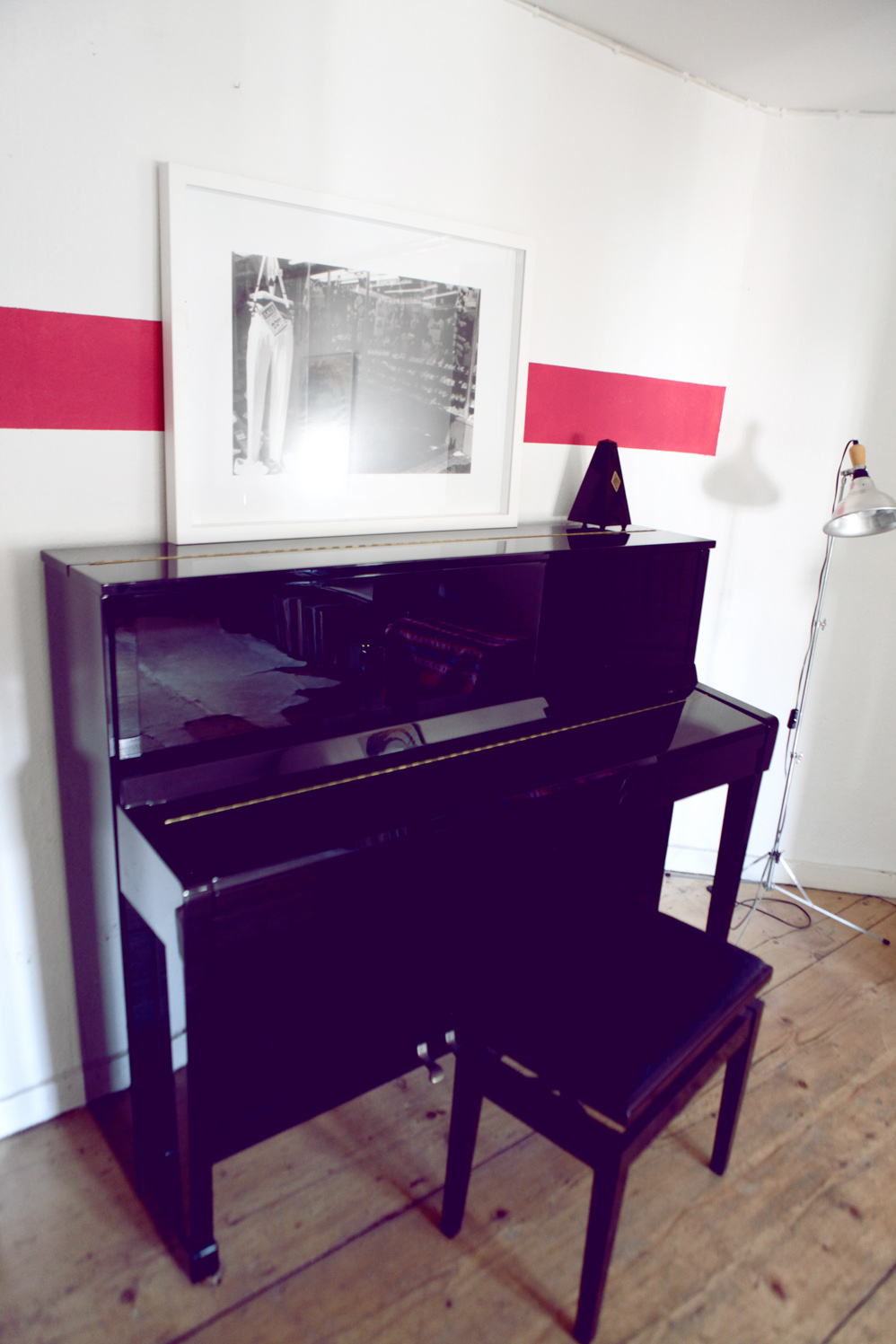
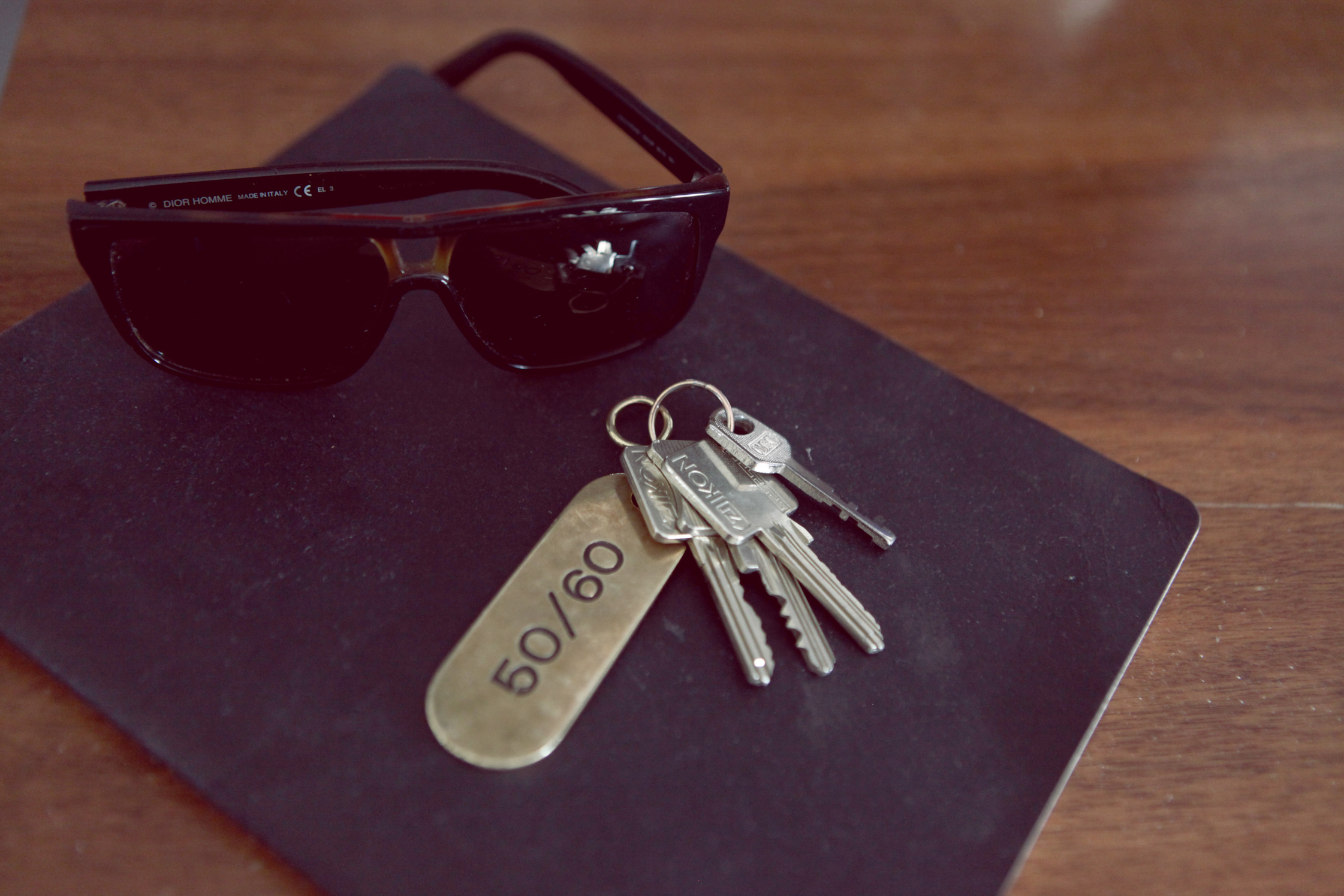
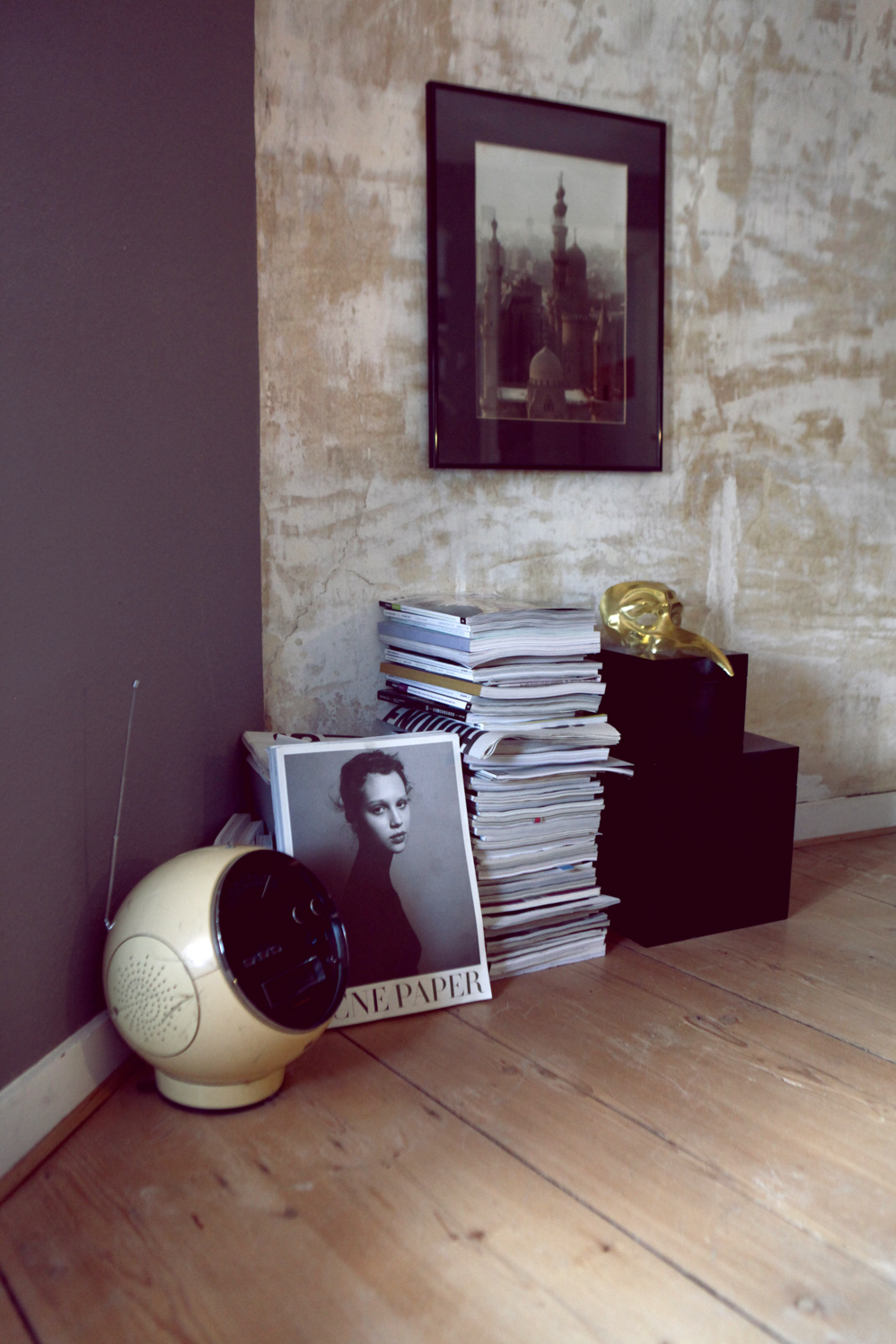
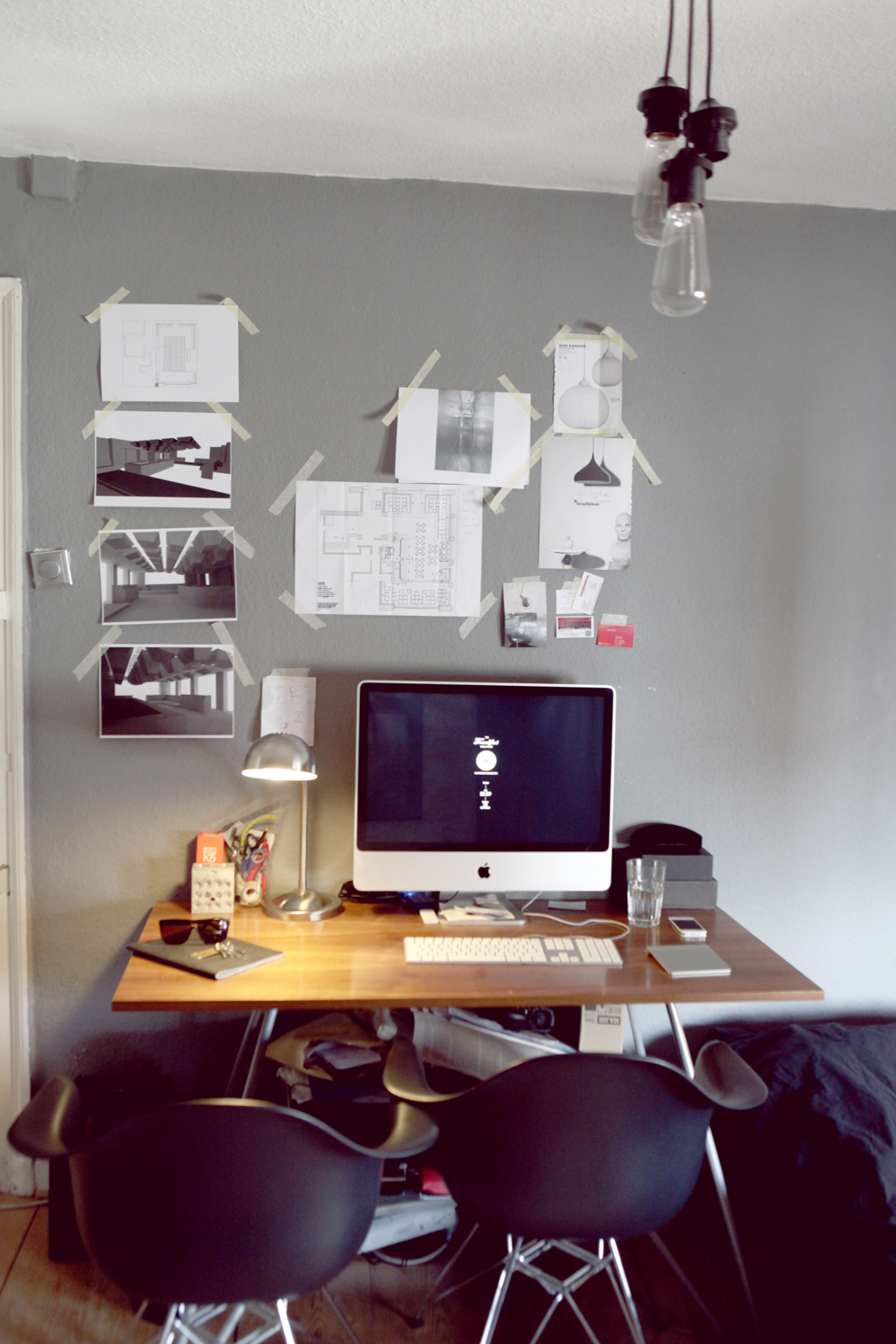
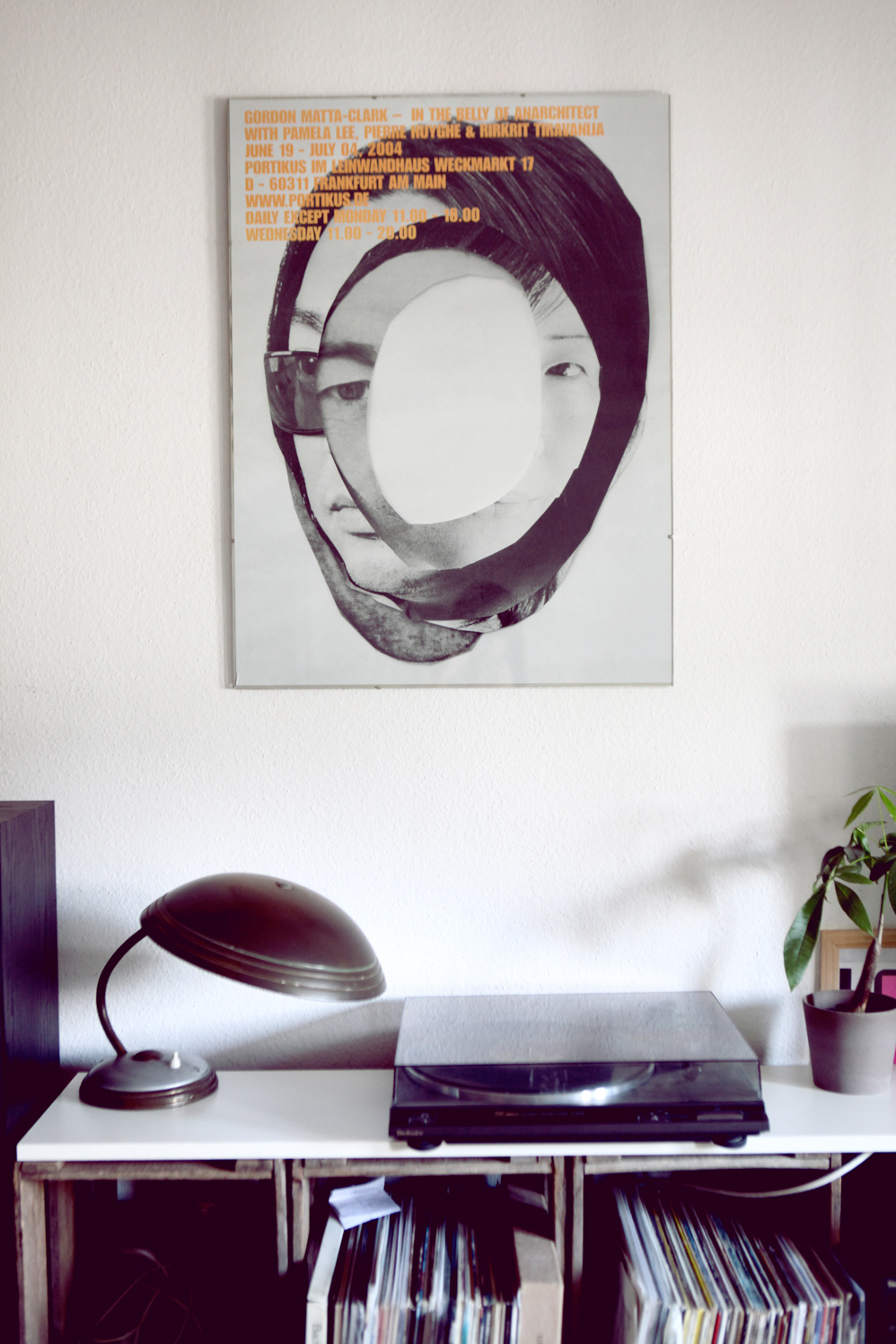
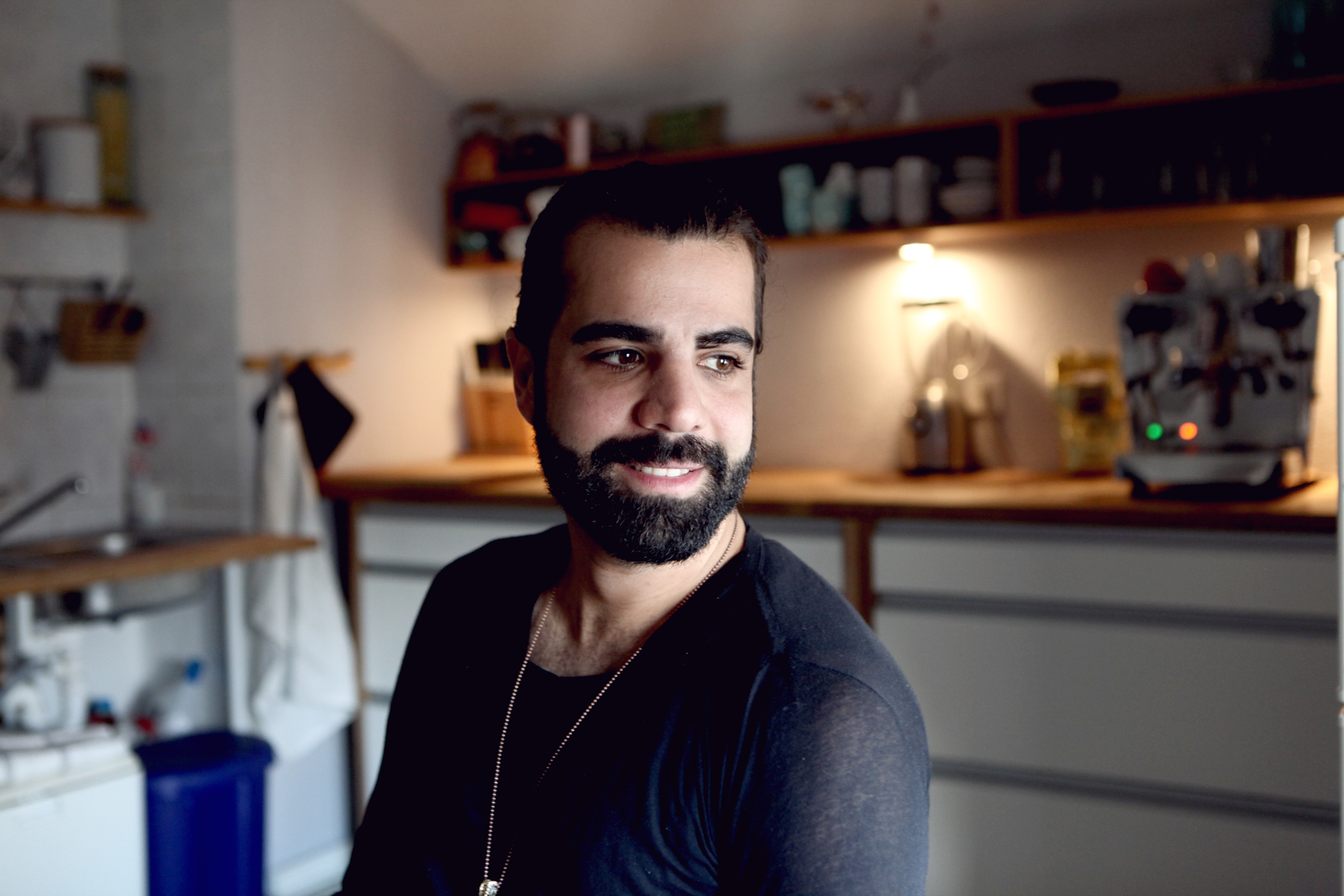
You had quite the classical career as an interior and furniture designer. Before you started your studies at HfG in Offenbach, you were studying Business. How come?
During my Business Studies I started to design little products as a hobby. My first commercial project was a notebook bag for ‘Affentor Frankurt‘. This product inspired me to continue my passion for design. Essentially, I arrived at the final conclusion that designing was my life.
How have you developed this particular interest? What was crucial in order to pursue this hobby?
I think that particular interest has been there since childhood. I have always had a fascination for little, beautiful things. As a young kid I would always rearrange my parents’ living room.
Is home the place where you were born?
I would say so. I was born in the Iran and the first language I spoke was Farsi. I received my first impressions from this place, which naturally creates a strong connection. It was definitely strange to live in a foreign country. As I studied German at older age I can definitely say that Germany means some kind of home to me now, as well.
One expects an Iranian-born child to study Medicine, Law, Business, or Architecture. Why is that?
That is definitely an image one gets transmitted in Germany. It is partially due to the fact that after the Islamic revolution mainly the elite fled from Iran and essentially represented the educated bourgeoisie. It happens especially in Germany that one wants to set high standards and prove their abilities in order to connection with society.
One values details and overall inter within the Iranian culture, right?
Of course, there is a long history of architecture, decoration, and handcraft, which is still visible nowadays in cities like Isfahan and Persepolis. The Taj Mahal has also been build by Persian craftsman.
What do you especially appreciate about Germany?
I really appreciate the political situation. It is great that one is able to develop freely in any way. But besides this, there are obviously a lot of infamous designers here, who were essential for the overall design history. They serve as great mentors.
Which designers do you like?
I really like Dieter Rams, Joe Colombo, Alvar Aalto, Konstantin Gricic, Tom Dixon, and Piero Lissoni. As well, the works of the architect Mies van der Rohe and Eames are quite amazing. There are so many inspirational designers that it is really hard to just pick them.
What does a city like Frankfurt offer in regards to creativity? How is it to live here as a designer?
Of course HfG offers me a lot of creative input. Frankfurt is a very small city and financially sound. One definitely has the opportunity to transform projects. However, it is quite hard to go down a new path as one often needs to persuade clients in order to sensitize them. I receive most of my creative input through traveling. For instance in cities like London, Paris, or Berlin there are lots of inspirational influences. One recognizes the great differences in metropolises.
Where would you like to go after your studies?
I have always wanted to go to London. I hope it’ll work out.
The sentence ‘Design is the symbiosis out of pragmatism and hedonism.’ Would you sign this saying today?
I once said this. In a certain way it is true, but I would rewrite a little now.
Why don’t you agree with it anymore? How would you formulate in this day and age?
This overall idea doesn’t have anything to do with hedonism, but is really concerned with the solution of existing problematics. I would describe it quite short: Design is the very aesthetic of the useful.
What do you think about the intertwinement between art and design?
I don’t like this intertwinement. I think there is a reason why art and design always have been something separate and I think it should stay that way. I think that design has its specific inherent necessity, which something that cannot be argued about art itself. It especially applies if you take industrial design as an example in which the commissioner is always the industry itself and it is all about large numbers of production. This is obviously something that goes against the thought of art. Of course there are exceptions where certain pieces of furniture are produced as unique pieces. This conforms to handcraft.
Let’s talk about the difficulties you have solved during your creative phase.
It was very interesting and definitely inspiring to have worked with a very competent person during the project ‘The Parlour.’ Yared Hagos is one of the most famous bartenders in Germany. We first sat down together and discussed what kind of drinks he wanted to offer. Essentially, we decided to have high standard cocktails which, consequently, requested a certain level of communication with the customer. The cocktails need to be explained to the guests.
The theme ‘Communication’ was our overall concept. ‘The Parlour’ was a semi-public room, resembling really an audience chamber from England. People would be invited into this audience chamber to discuss, to drink, and to smoke. I really liked this idea and decided to assign it. The goal was to minimize the barriers between guest and host and enhance the overall communication. Accordingly, the height of the bar counter was reduced to 98cm, the form around both sides was angled so the guests from the outside would gaze at the bartender. Lastly I tried to break the very last barrier by making it possible to sit right next to the bartender. The concept developed quite nicely. The people that visit the place are satisfied and sit there for a long time to talk.
Which products were designed by you?
All the products except the seating. I designed everything from the slide doors in the bathroom to the counter,to the tables. With the seating’s help I tried establish an anachronistic element within the bar (even though this specific word is often taken as something negative). An interesting contrast is created by the different times, like the modern interpreted Chesterfield-couch of Dexter, the Cherner bar stool from the 50s, and the 60s Jahre-Sessel of Grete Jalk in combination with the polygonal and futuristic design of the bar counter. To me contrast means what kind of excitement/tension and life is provided for a space.
I have never seen a bar that does not have mirrors and one can look outside from the inside.
I had one-way glass installed as the toilette doors. A semi-transparency is created by this. One can guess there is a toilette entry from the outside and from the inside one can observe the entire main room without being seen. That was the whole point! A mirror hangs above the sink that is not an actual mirror but a metal plate that has been polished. It merely reflects a blurry image of the person.
Why should one not see himself/herself?
Because of vanity. After all it is a mortal sin (laughs).
Are you against vanity?
I am not. But it is so typical of people to go to the bathroom in order to fix themselves up. So it was great to go against this idea: “Look, you cannot see your normal self – are you a different depiction of your very own self?
How does the audience look like?
There should be a mixture of different kinds of people. The idea behind ‘The Parlour’ was for Yared not to focus so much on the overall audience. It shouldn’t be a place solely for the elite. Yared wanted a combination of rich people and the average consumer. Everybody should be able to experience a good cocktail, which is also why the drinks are fairly cheap.
Your surname derives from Muslim origin, but you are not religious. Since we discussed before about hedonism, I was wondering what your philosophy of life entailed even if you have not chosen a religion.
Life is a succession of trivialities that happen by coincidence and bring forth different options. I think according to what one wants one will be aware of those options or unconsciously just follow them. Many people think this is fate, but I think it has a lot to do with motivation and drive.
Tell us more about the bags “Heinrich, Mathilde und Emma” you designed for the Frankfurt label Affentor.
‘Affentor Frankfurt’ is a project of Werkstatt Frankfurt. It is a company that creates jobs for unemployed women and gives them the opportunity to be educated as industrial sewers. Due to this, products for sale were constantly being developed in order to provide the women with sewing activities. I really liked the socio-economic thought behind all this and 3 kind of bags were produced that are part of the most popular products from this very brand.
You blog about fashion. Would you go so far and design fashion yourself?
No, not at all. I find it hard to dress other people.
Are you only wearing black?
Yes I consciously like to wear designers like Rick Owens, Damir Doma, or Boris Bidjan Saberi. I suddenly began to wear black which essentially turned into something solid. I find it hard to wear other colours now. However, I think that it is great and it means that I have distanced myself from this forced colour dictatorship that the fashion industry practices.
What are you currently working on and what else would you like to try out?
I currently work on several interior projects. A champagne bar, a restaurant, a boutique, and a club. As well, I am working on a package design for a cosmetic product which is a pilot’s case. My dream would be to furnish a hotel with self-created furniture. But I don’t want to settle on anything yet.
If you want to get to knoe more about Doumans Work visit his website.
This portrait is part of our ongoing collaboration with ZEIT Online who presents a special curation of our pictures on their site. Have a look here!
Interview: Meltem Toprak
Photography: Nada Lottermann & Vanessa Fuentes
